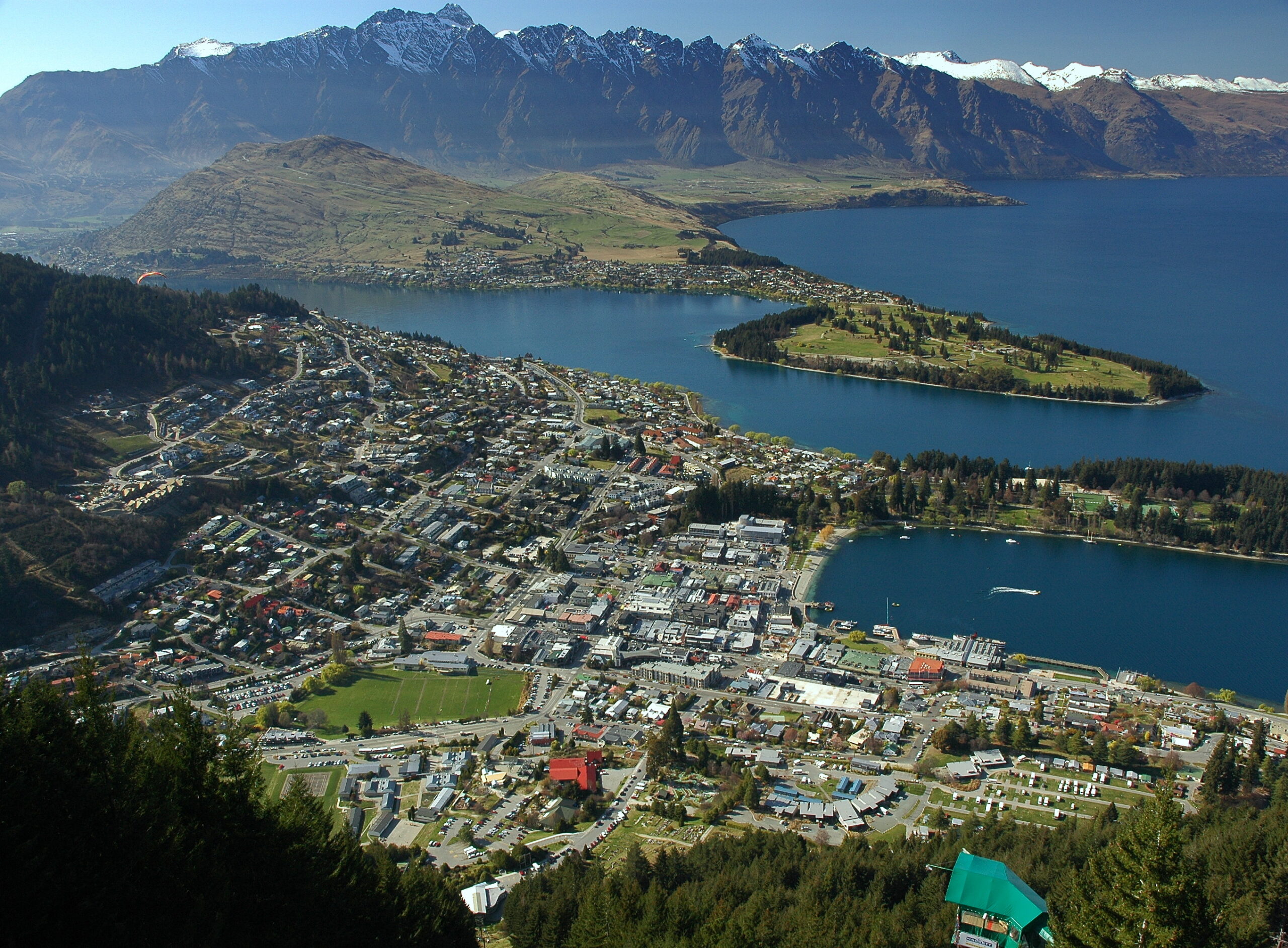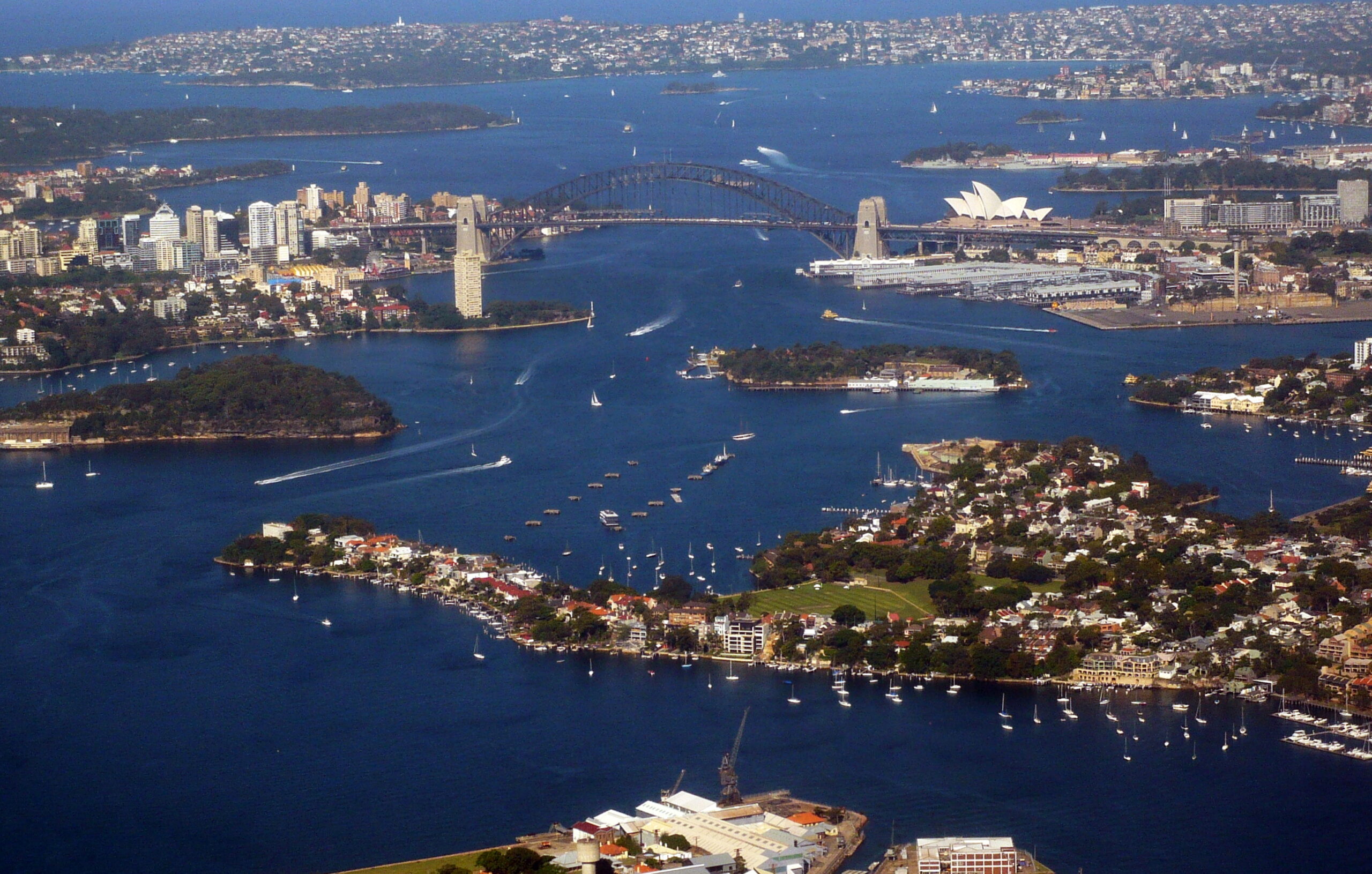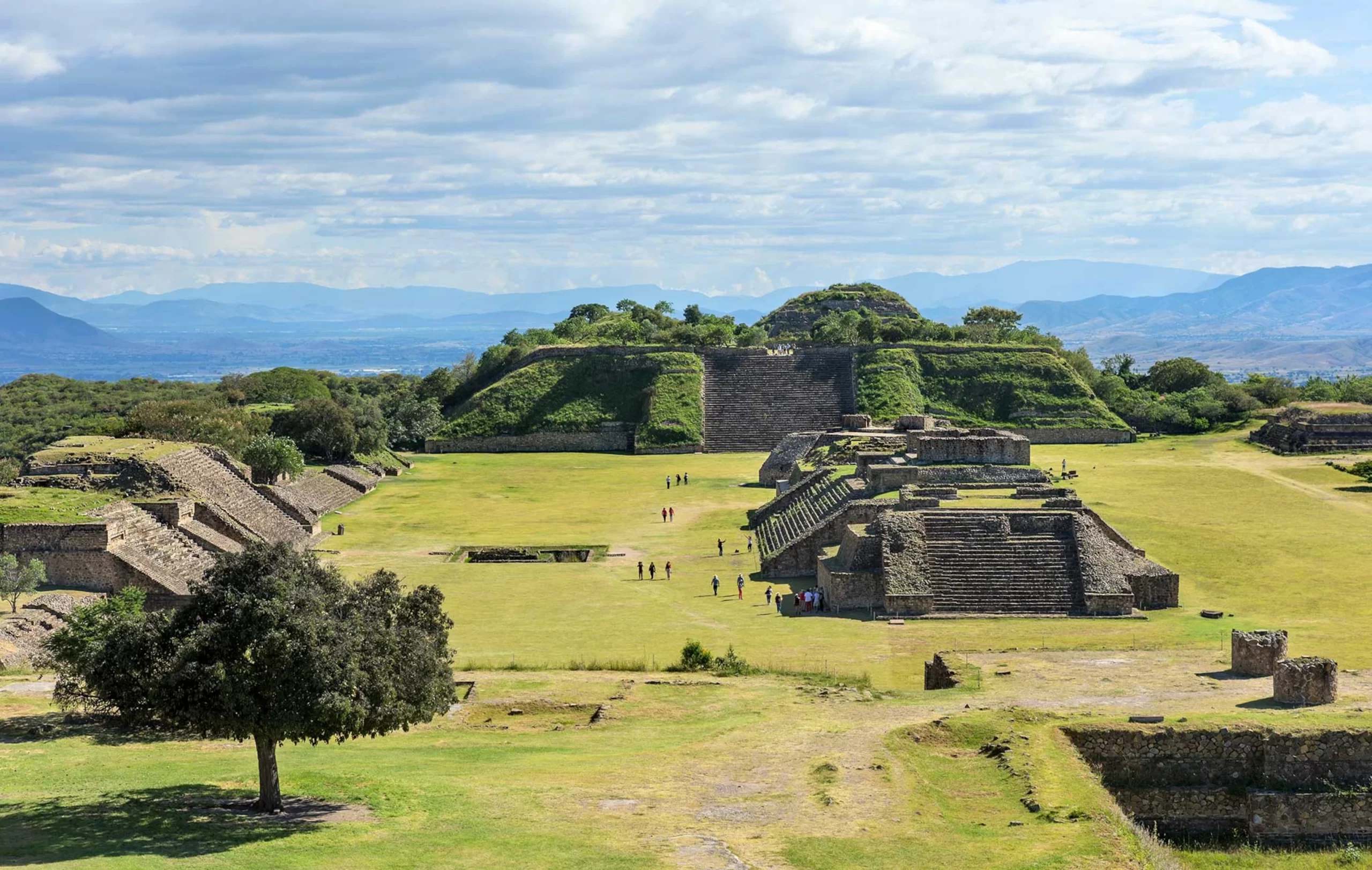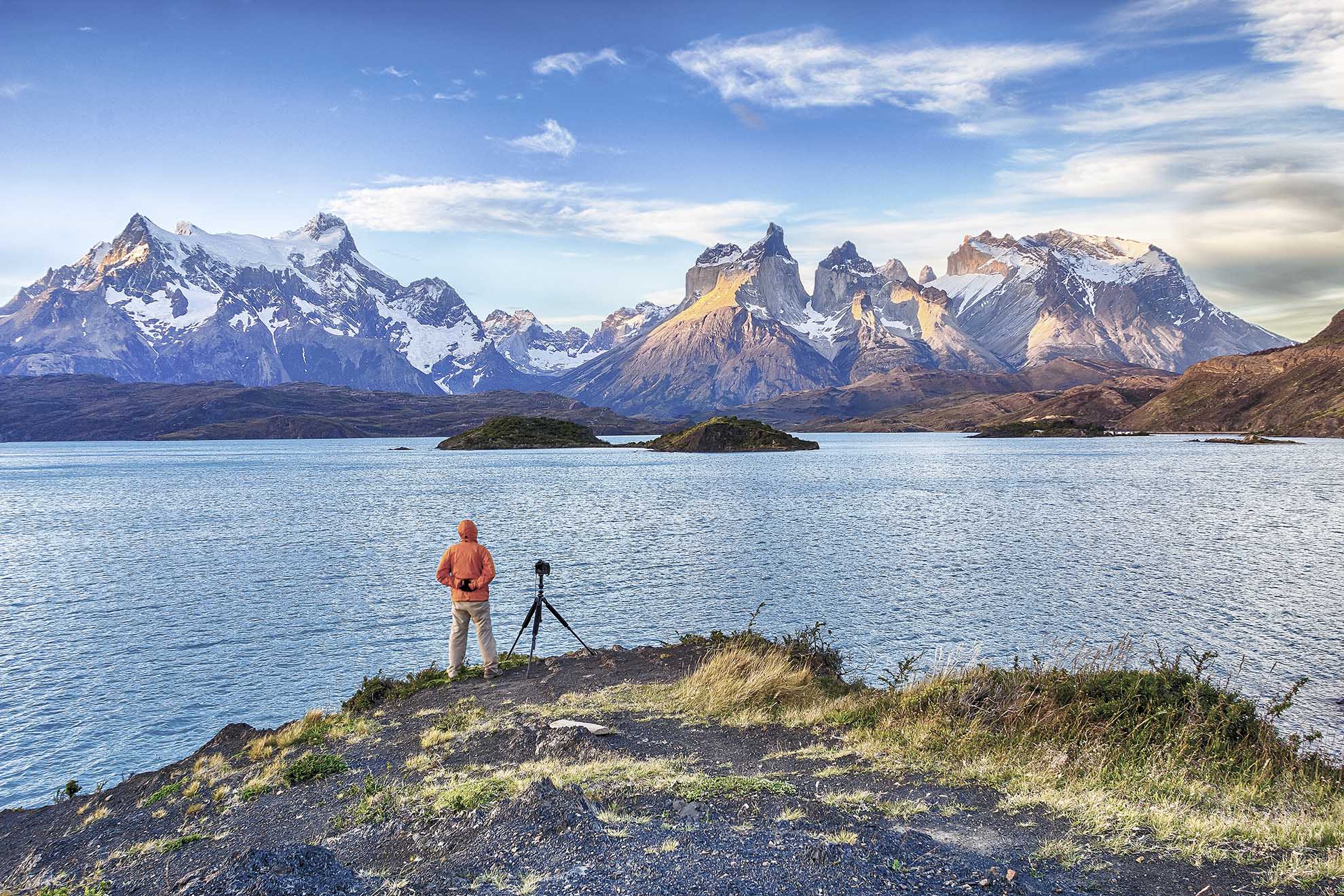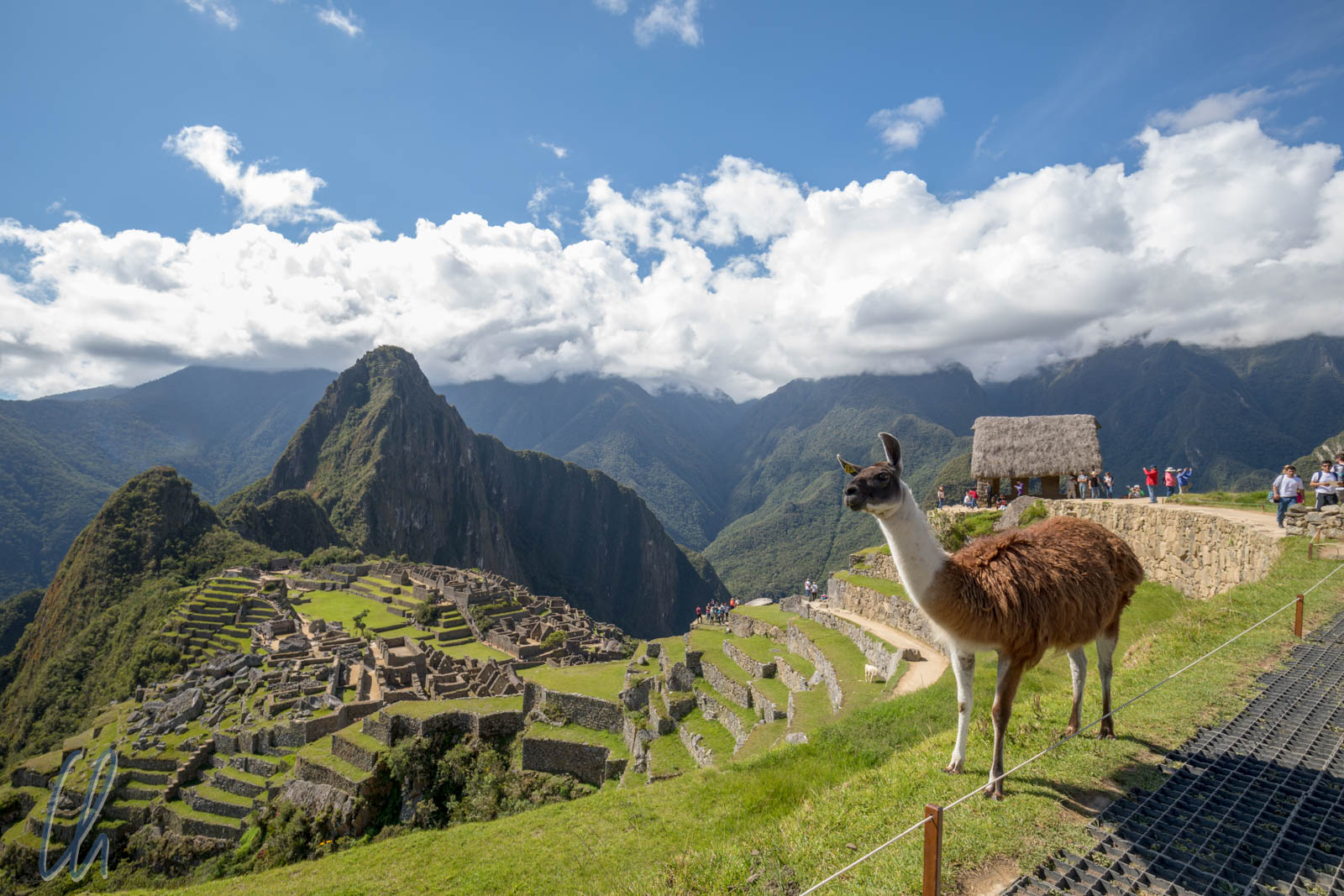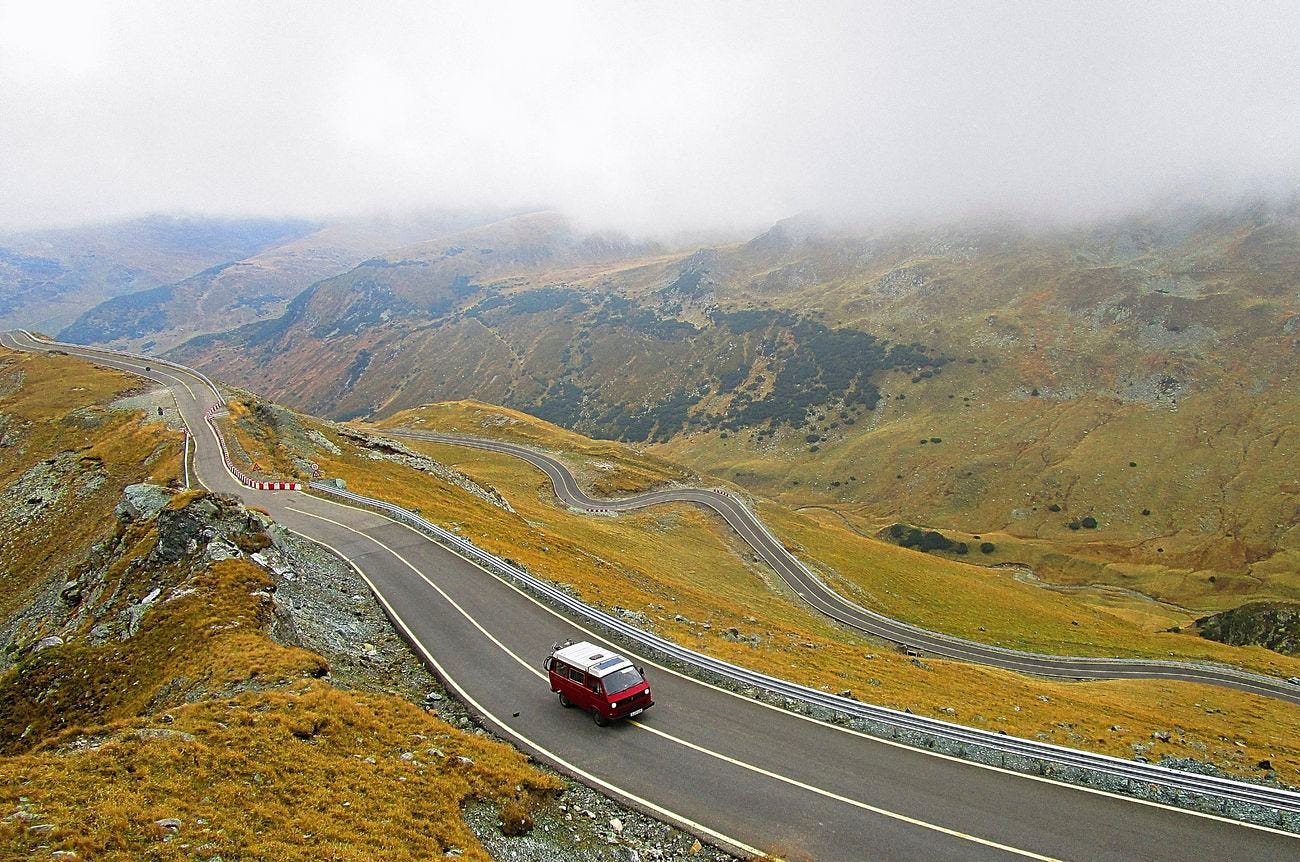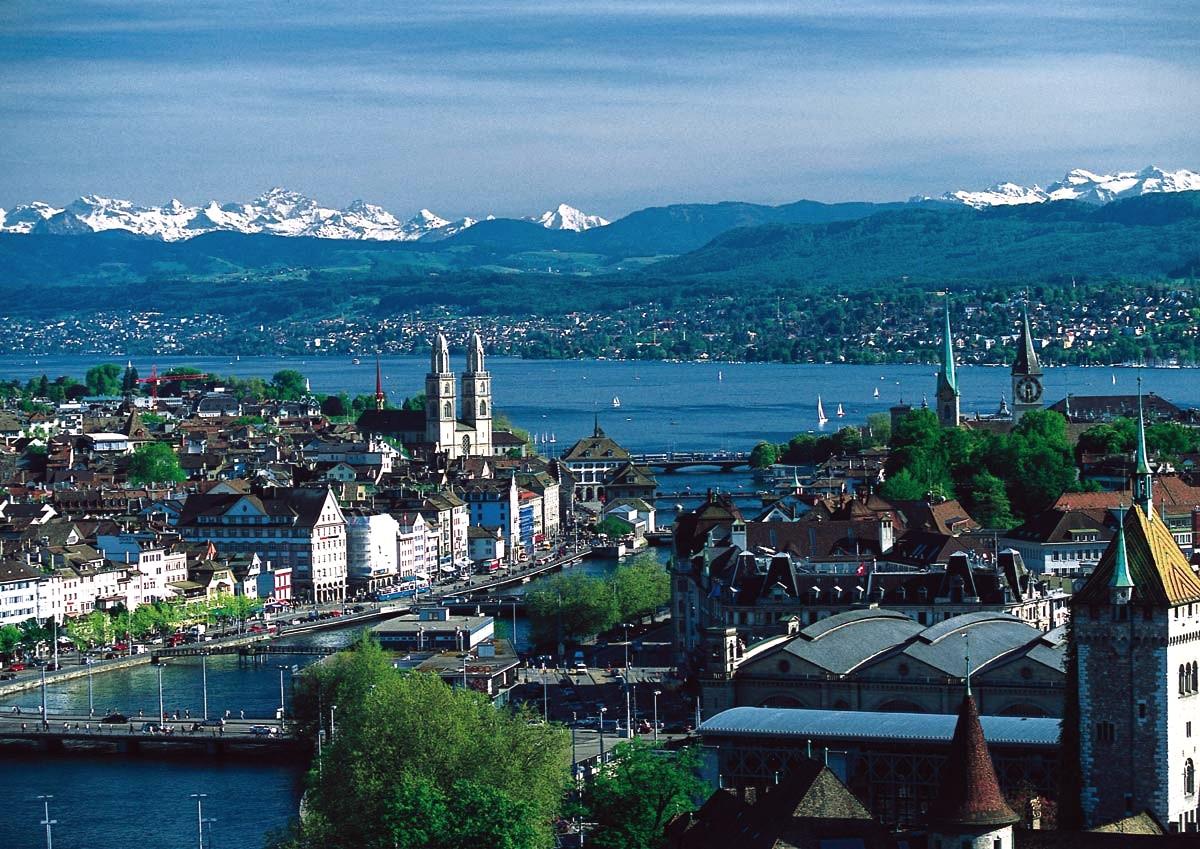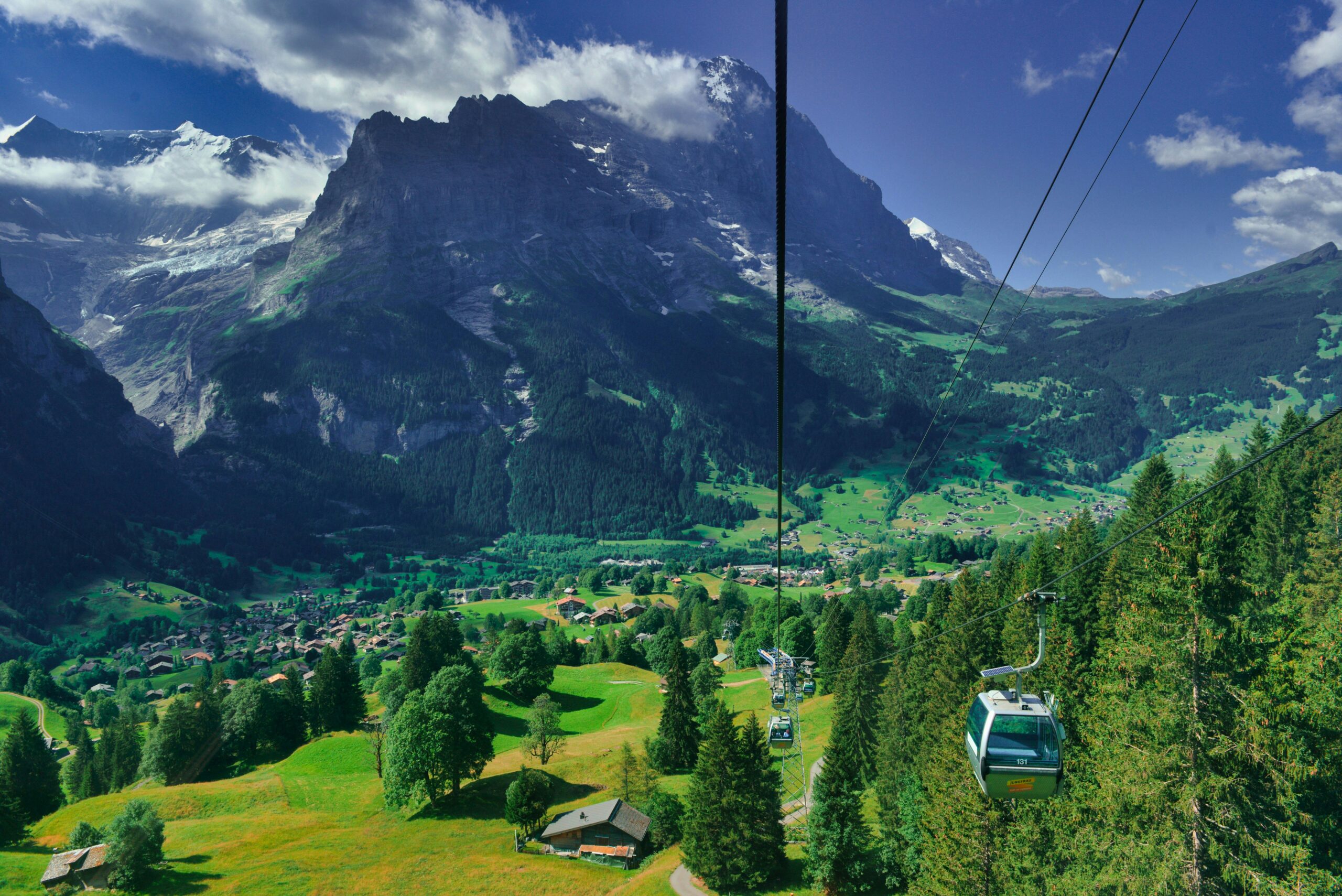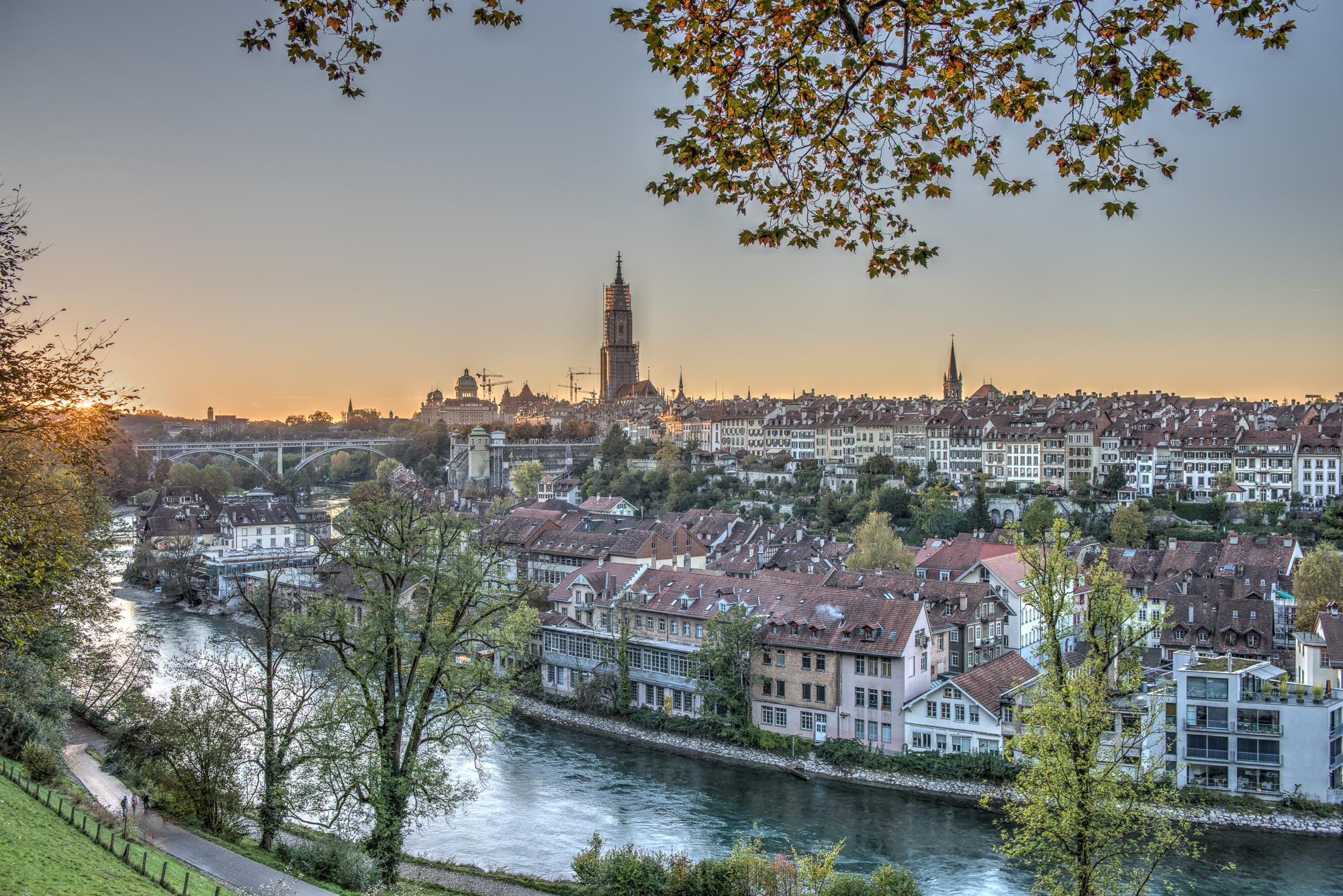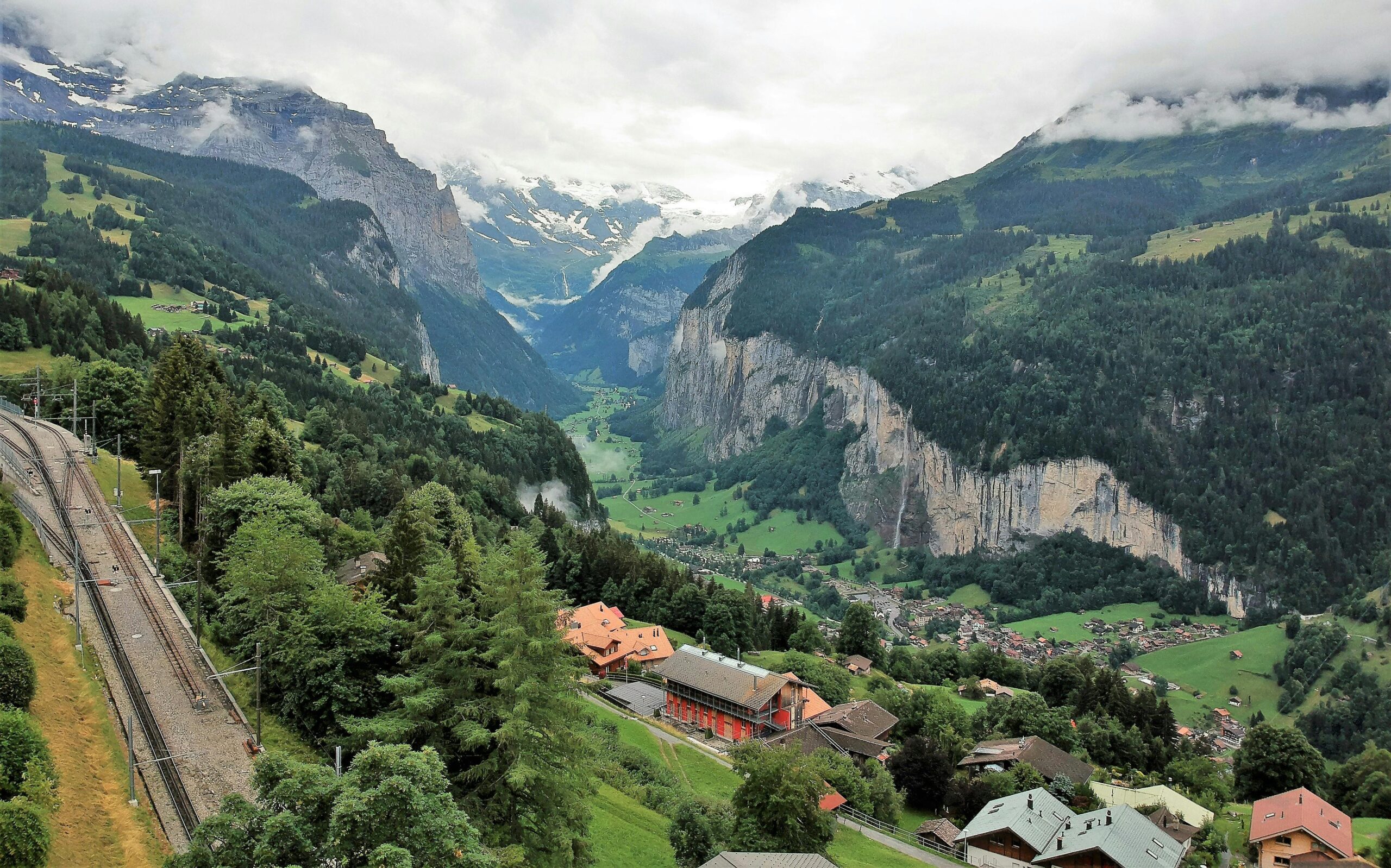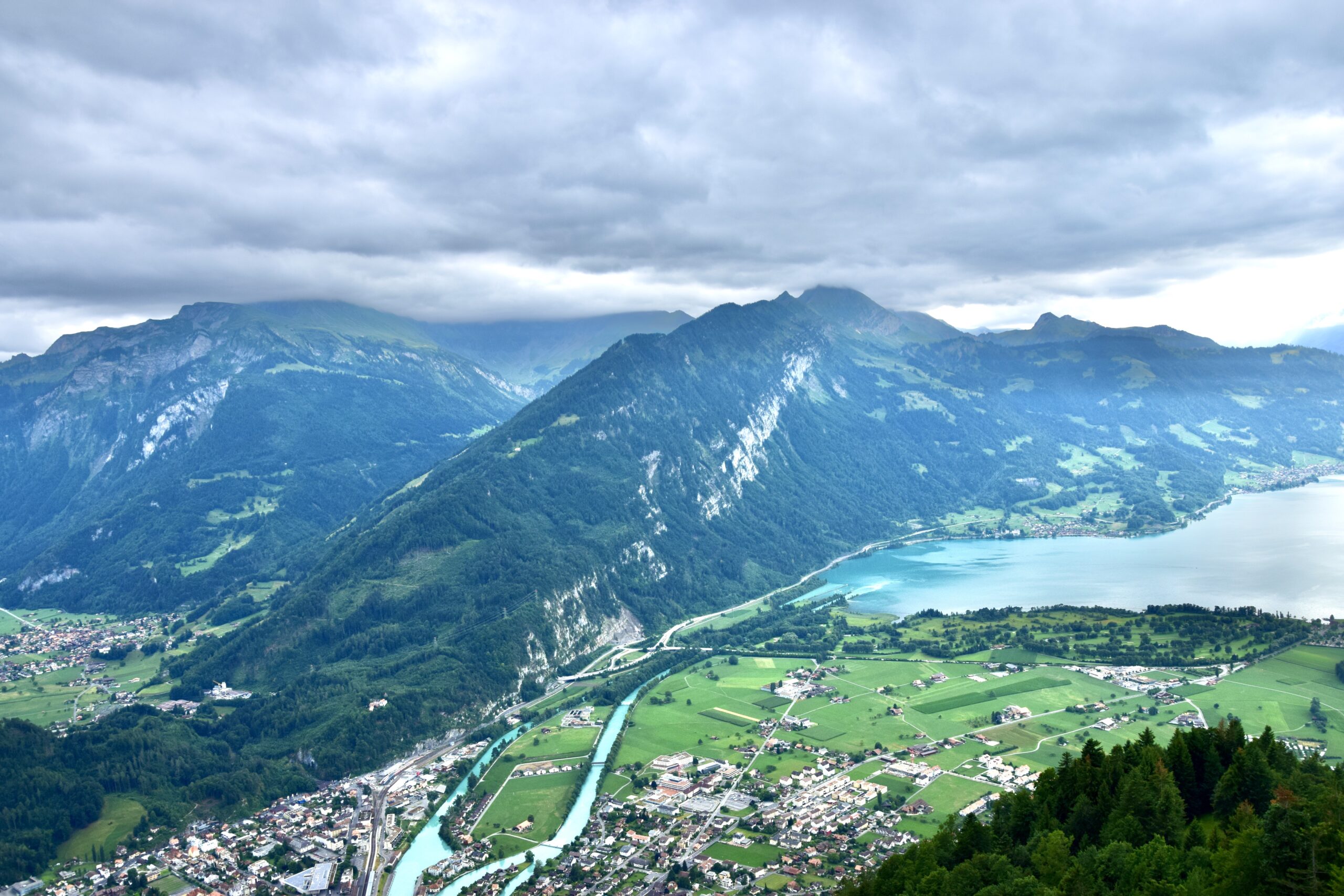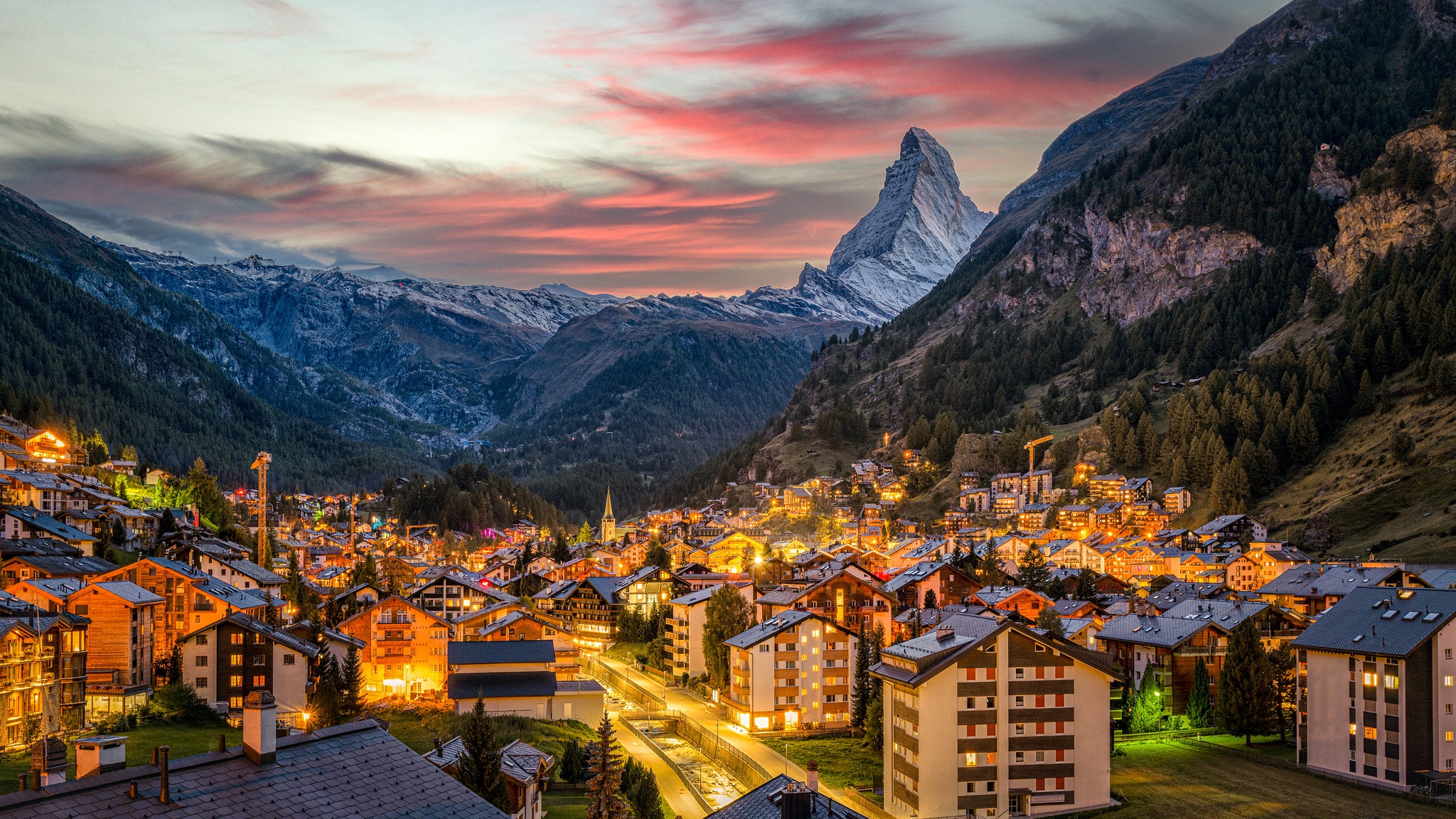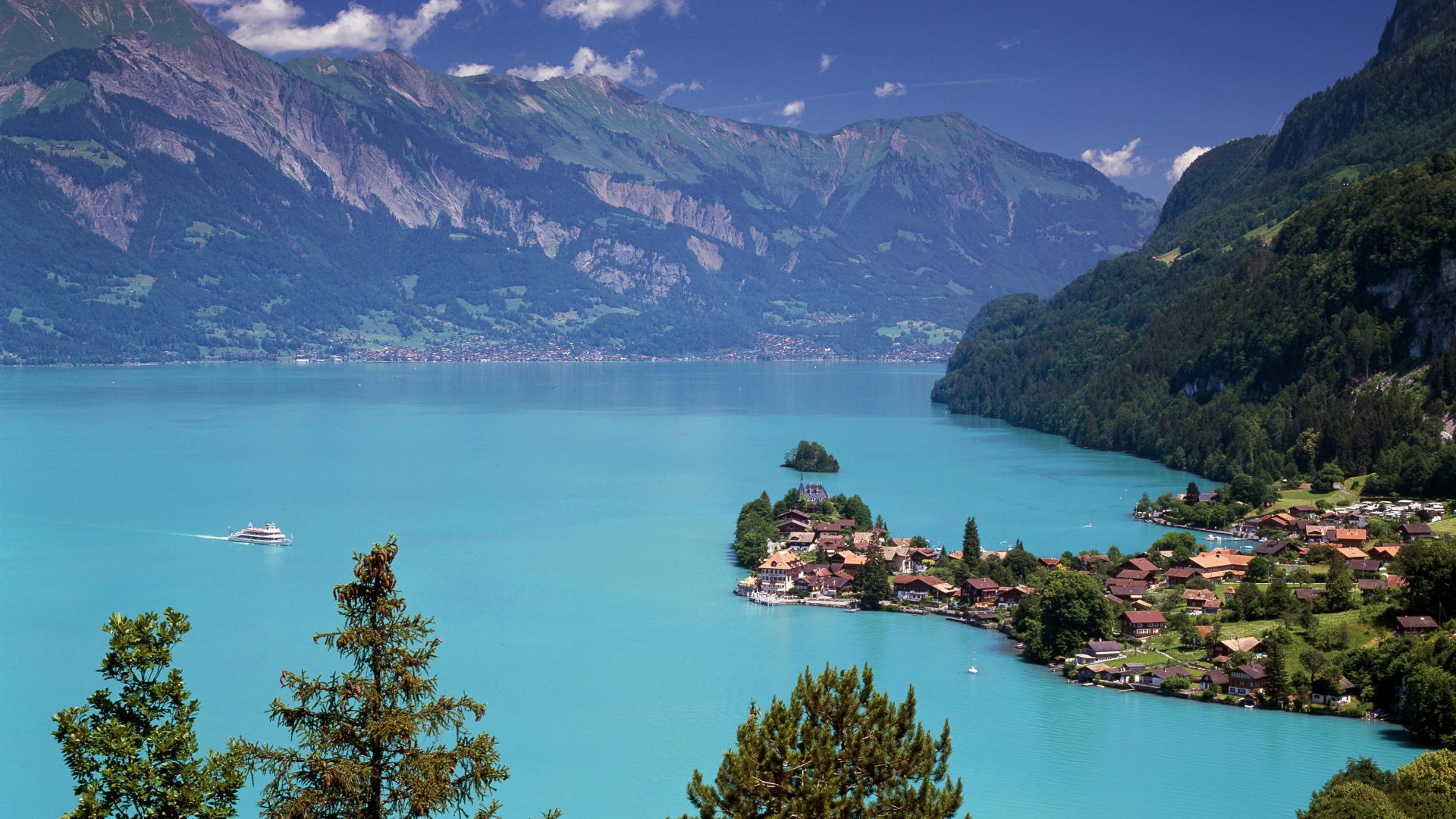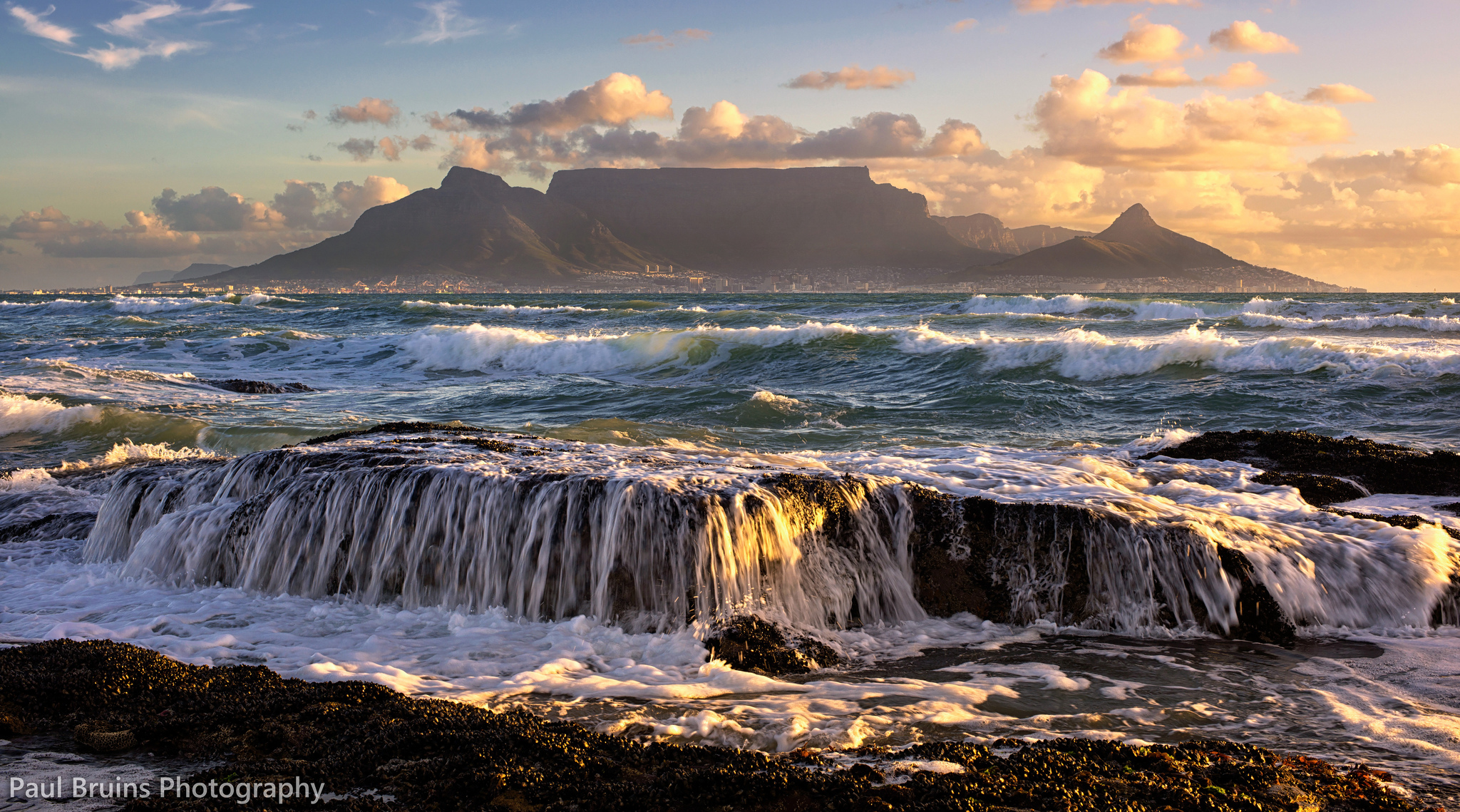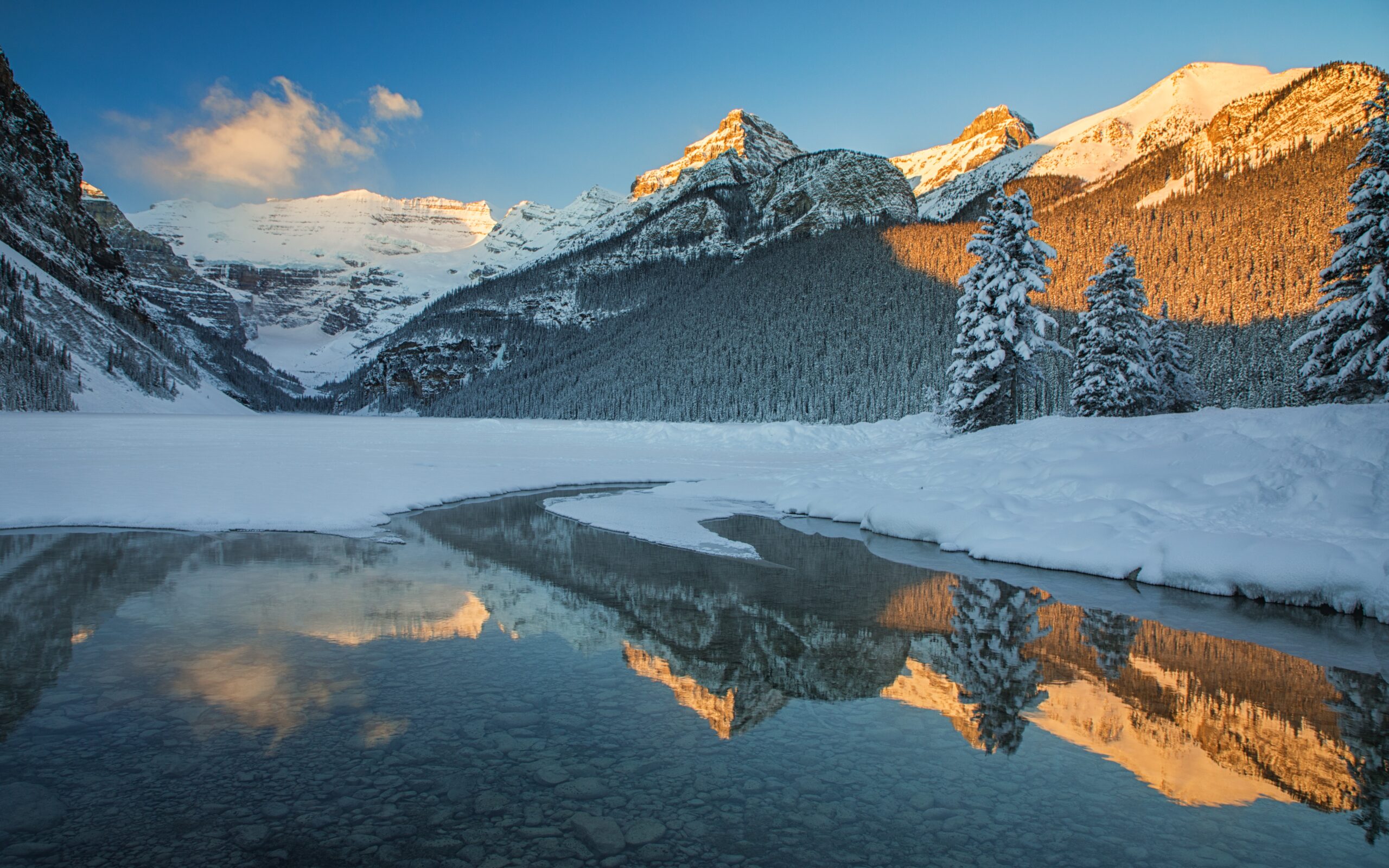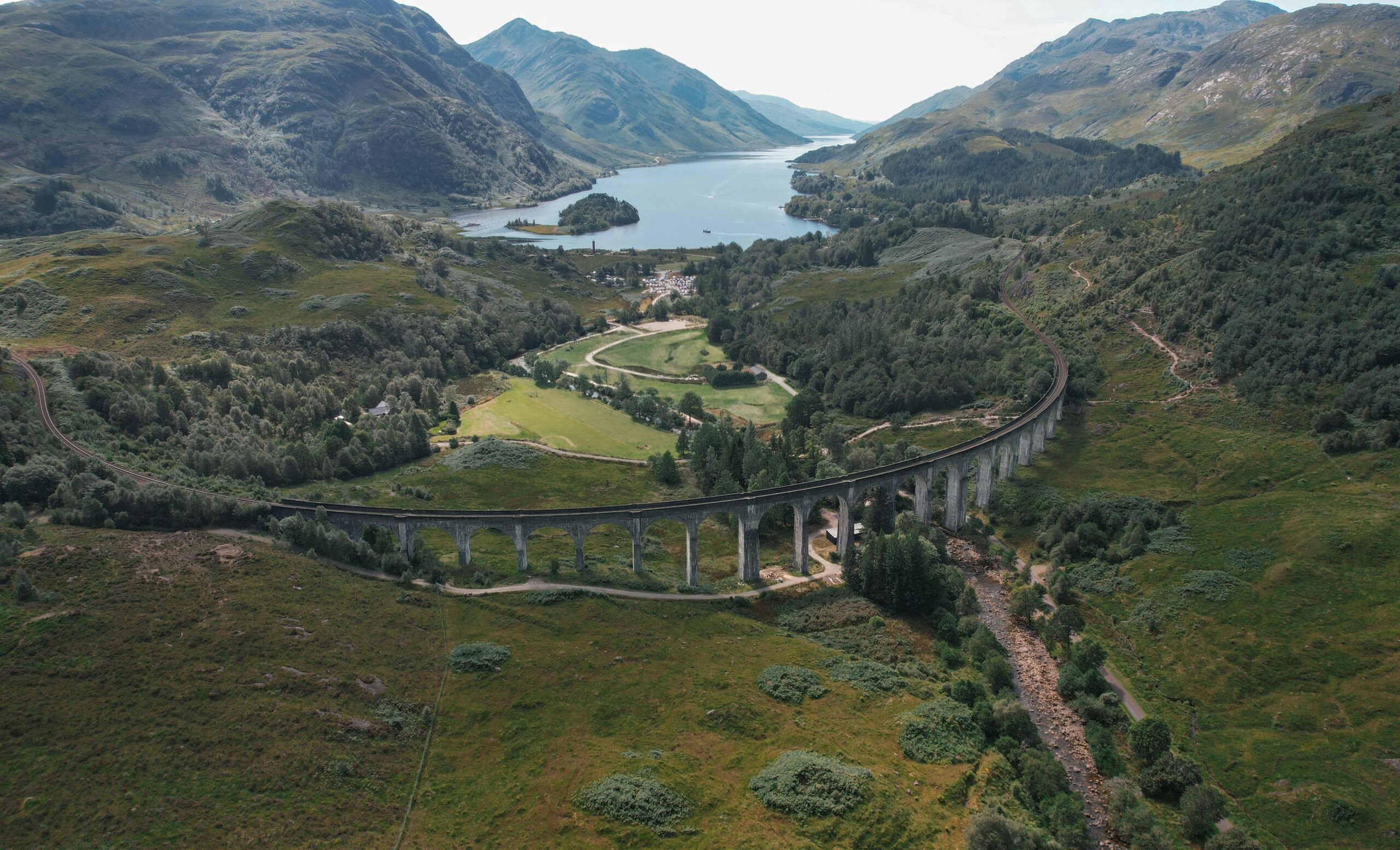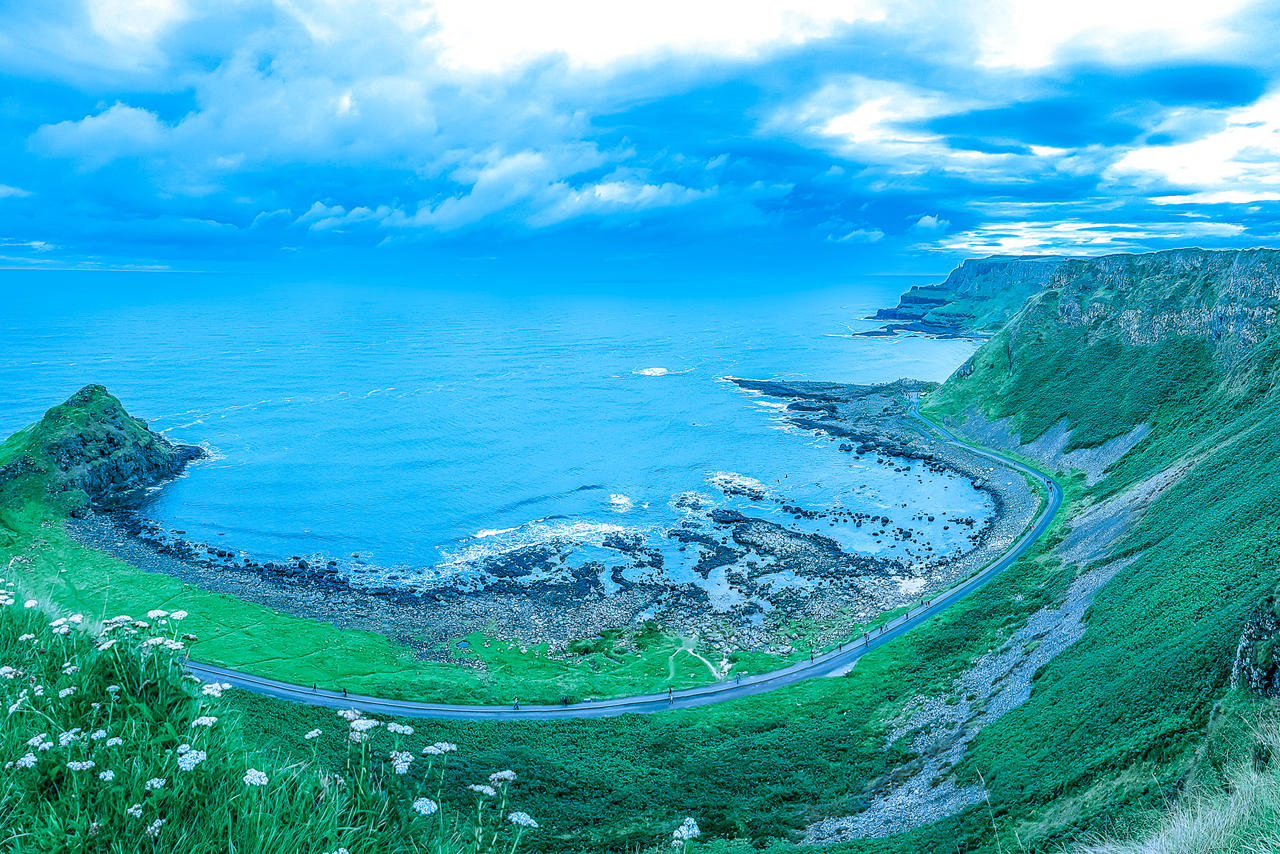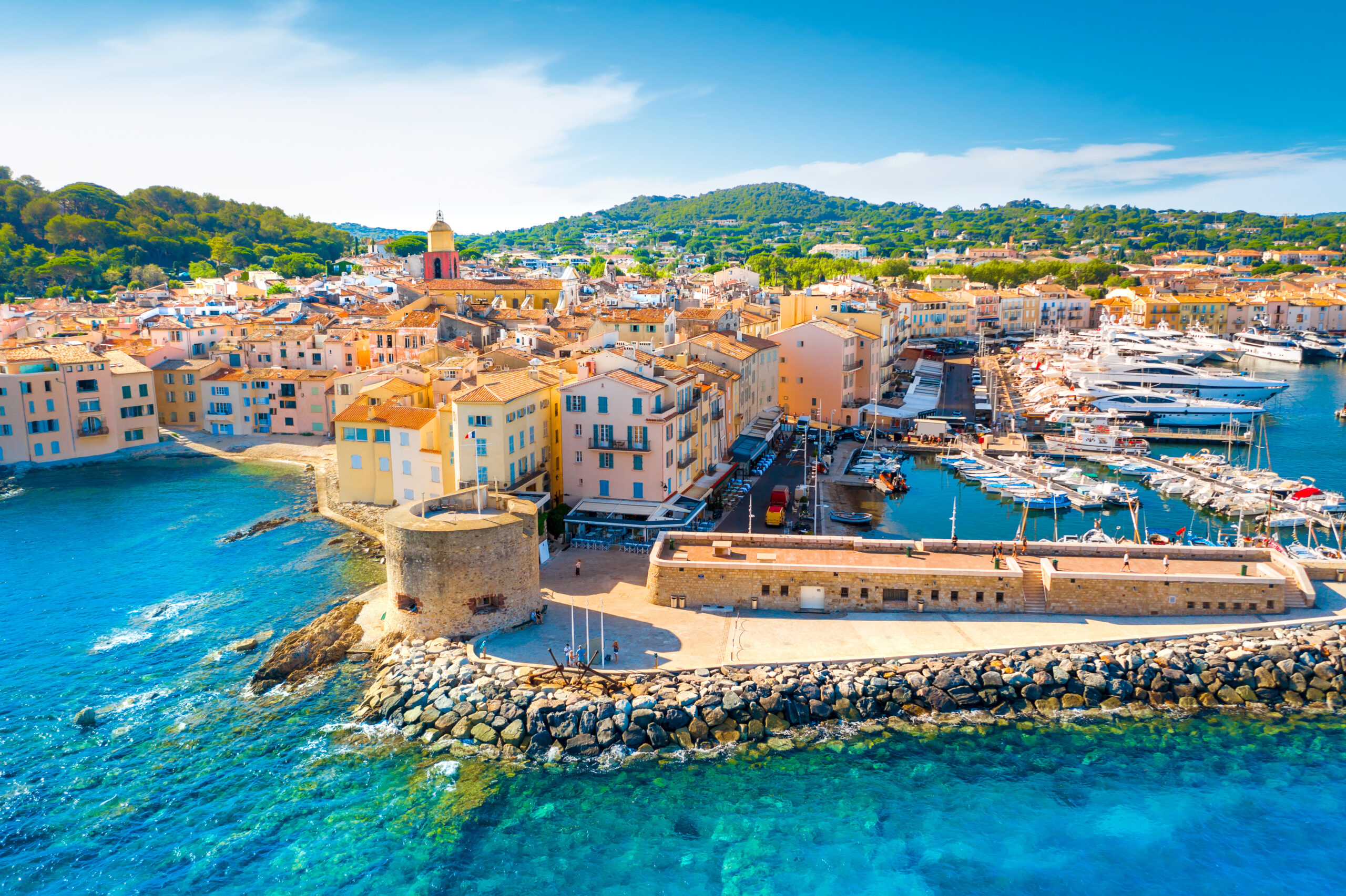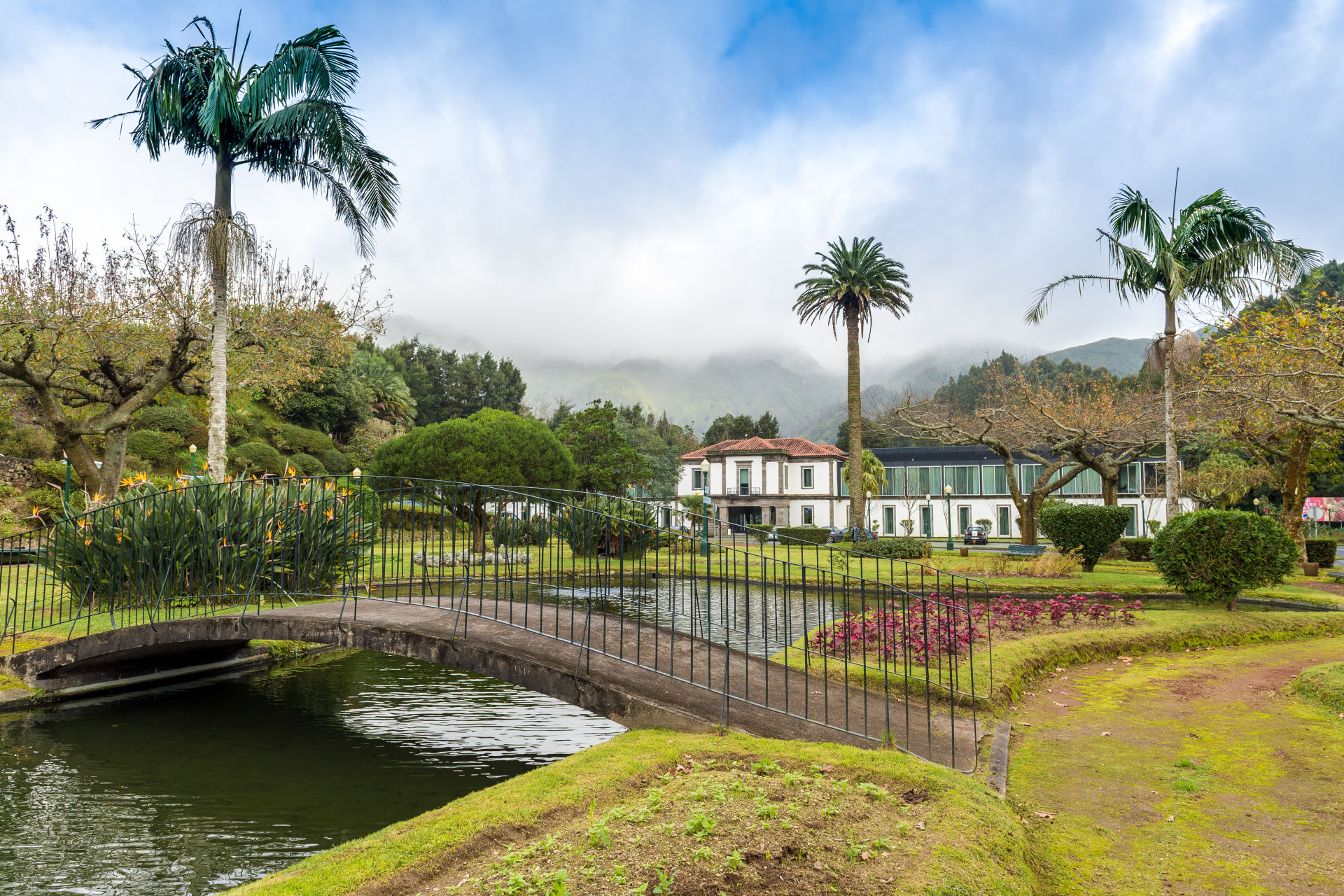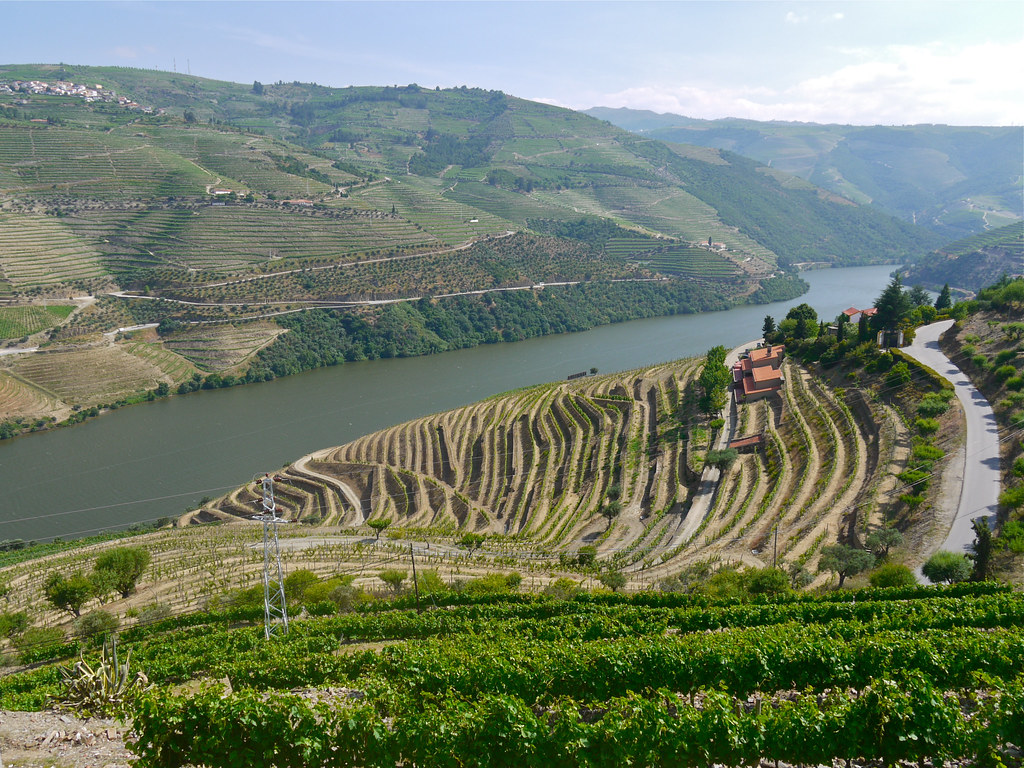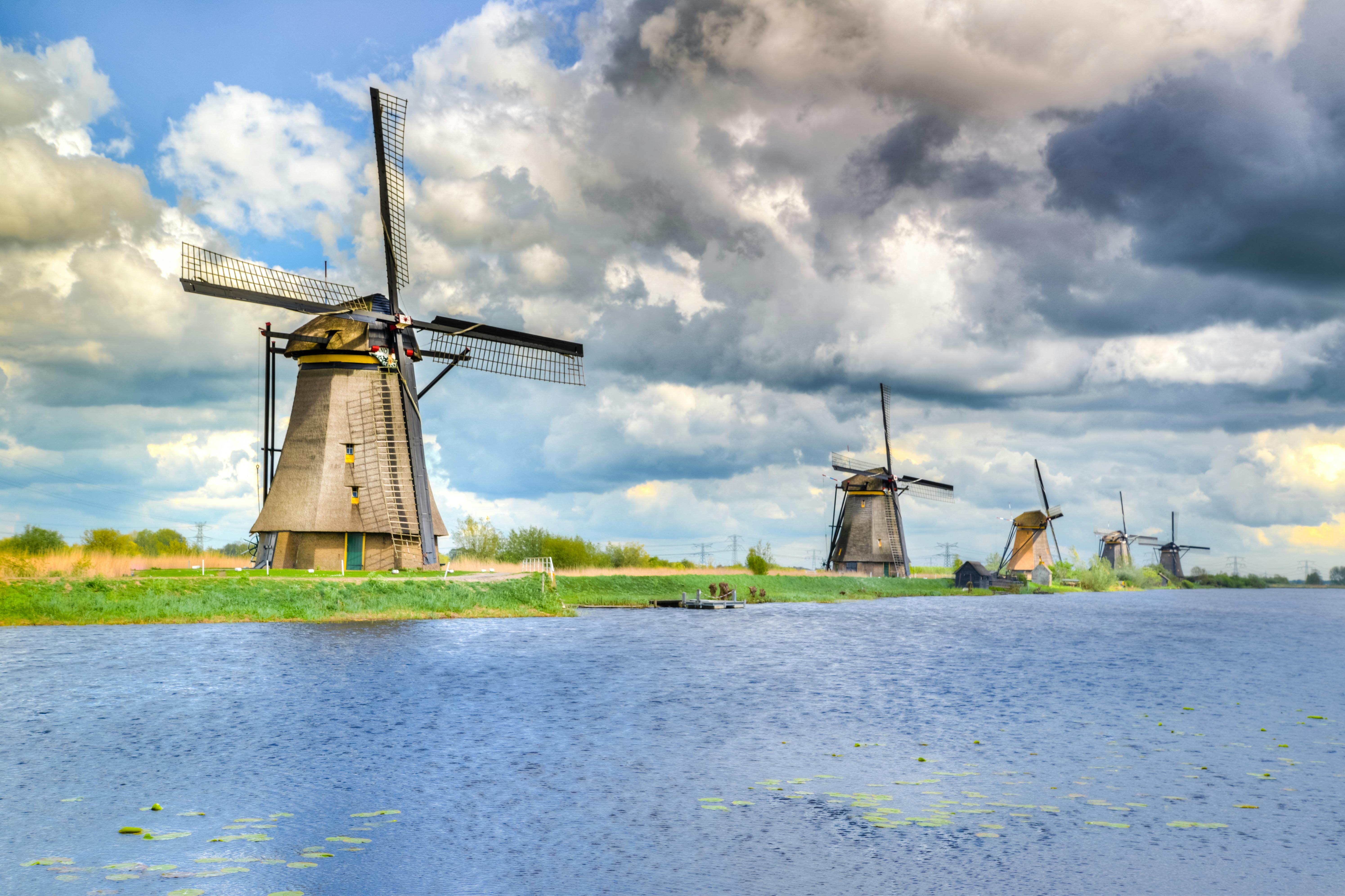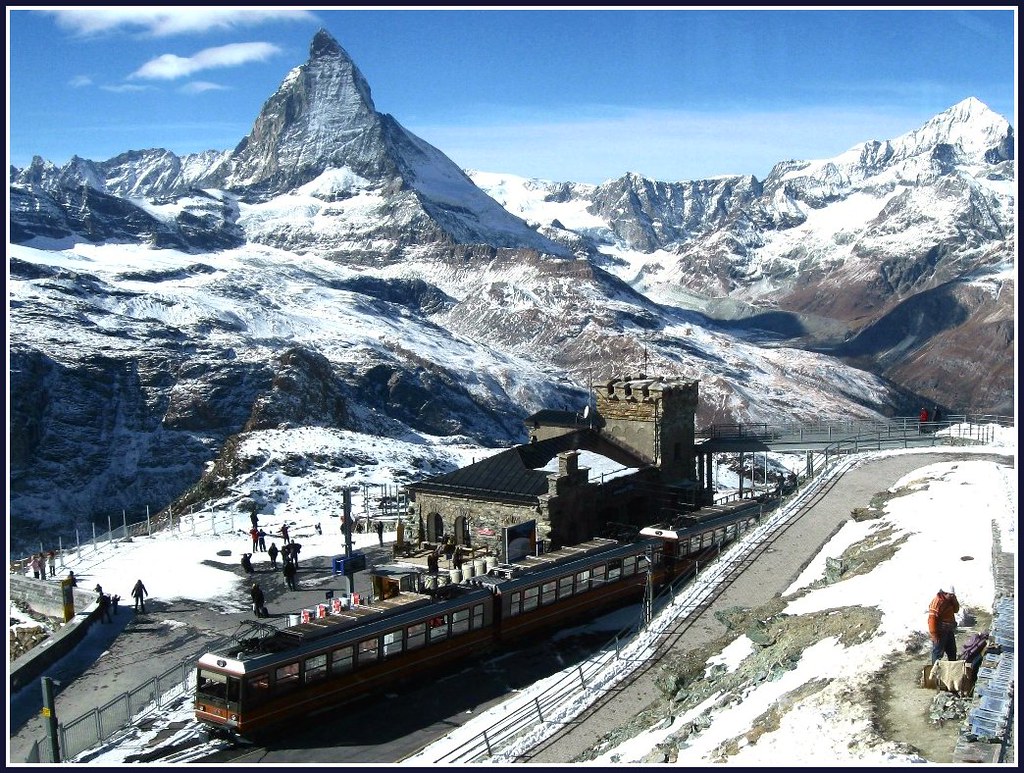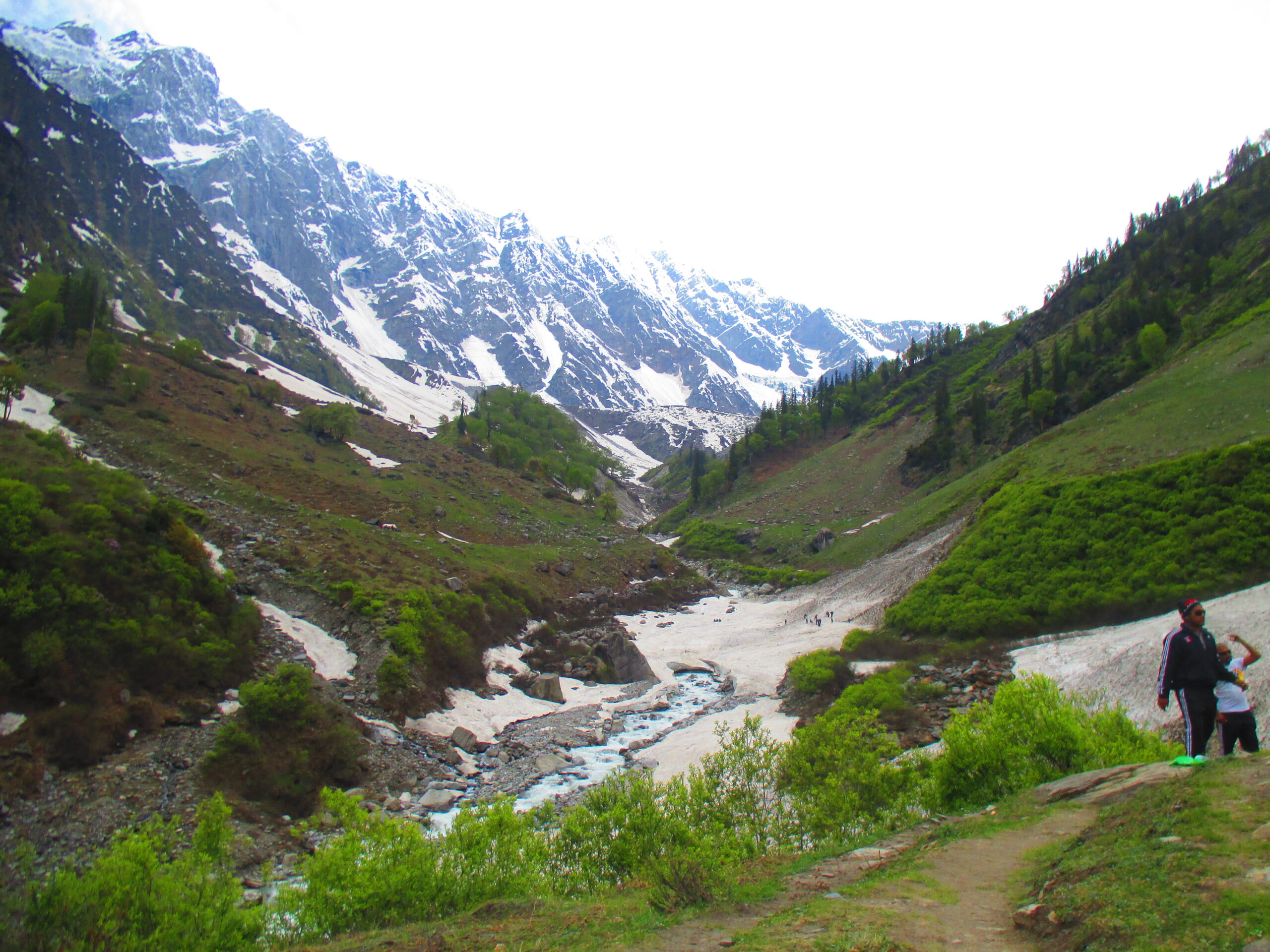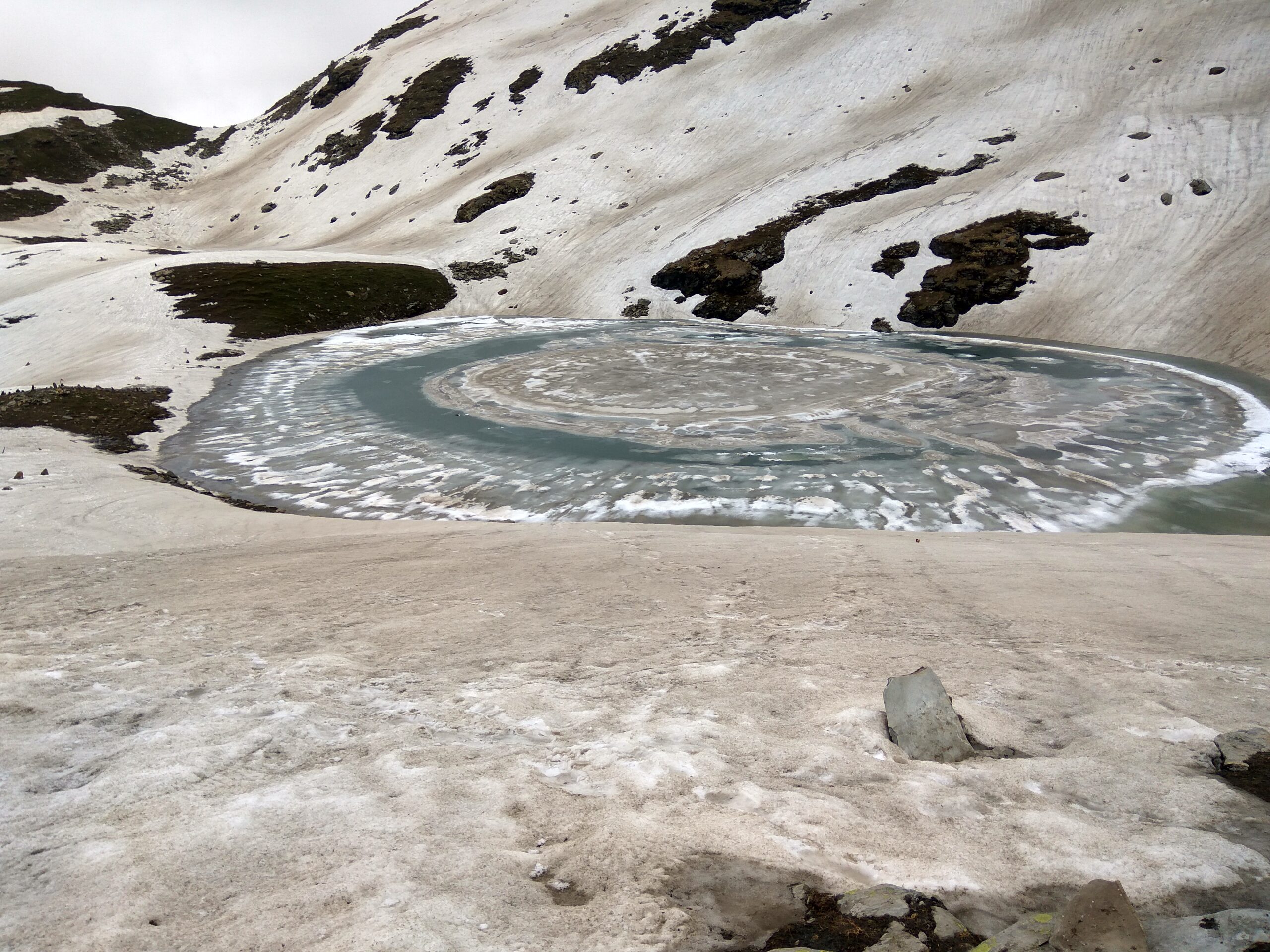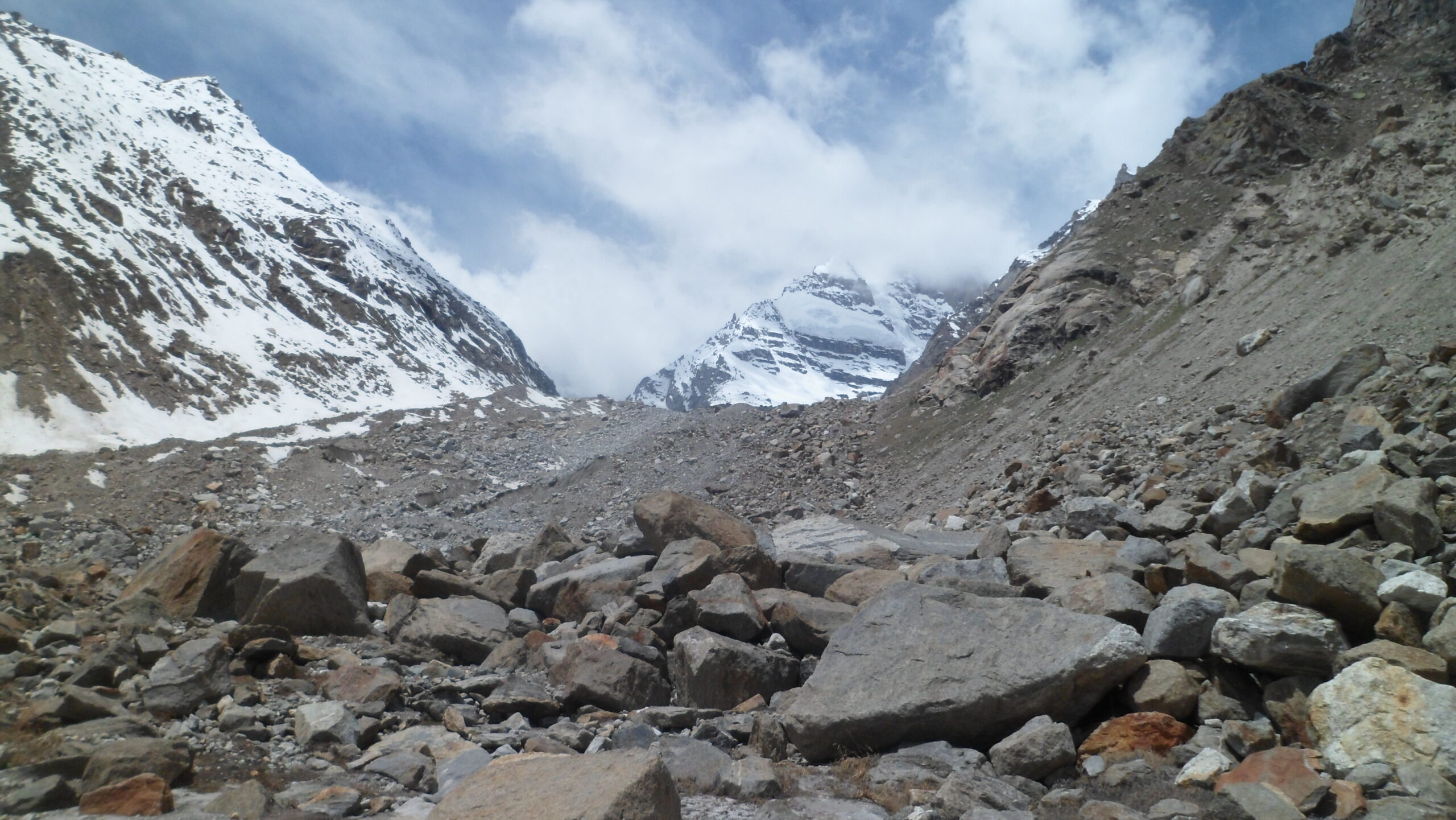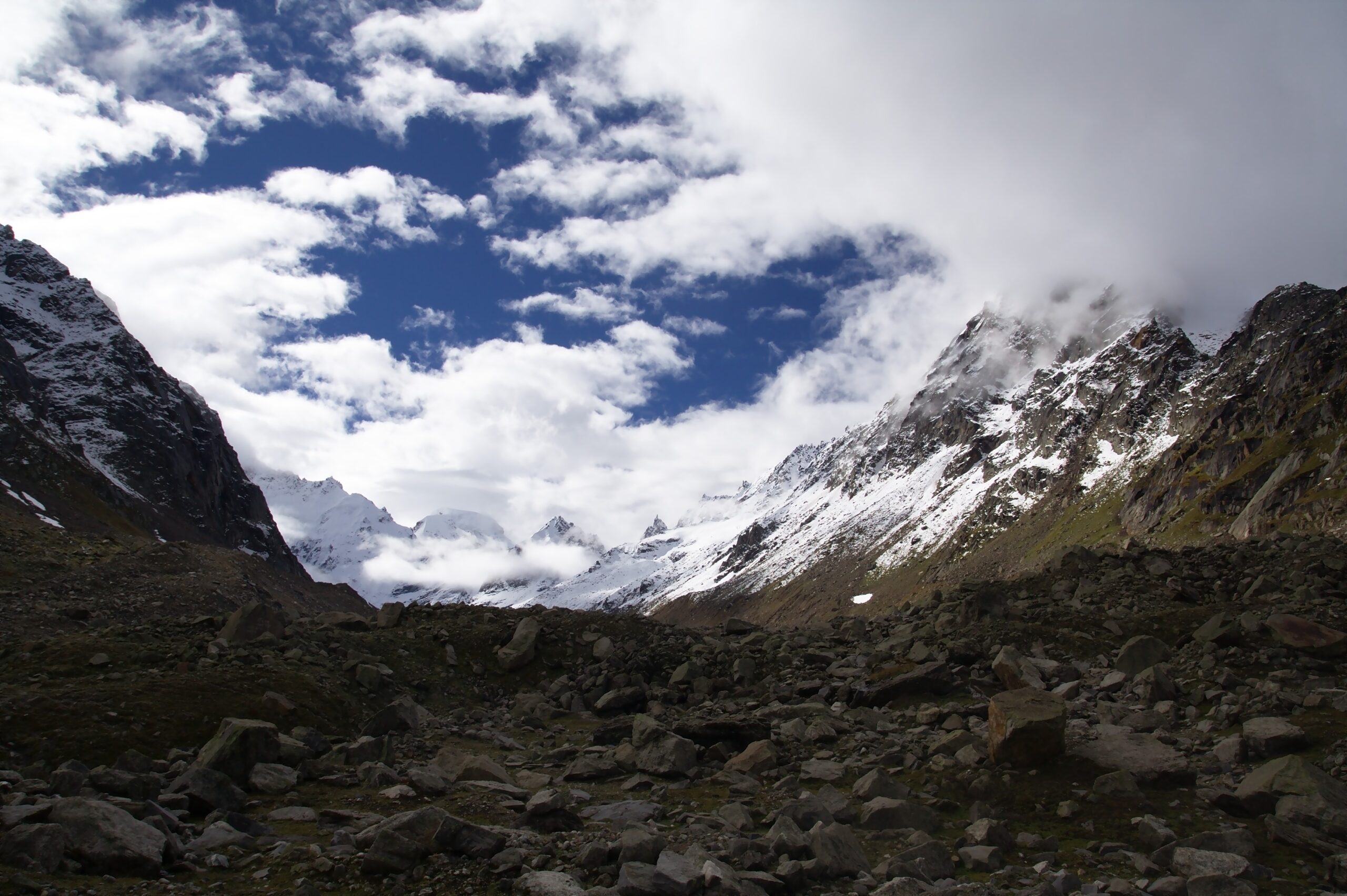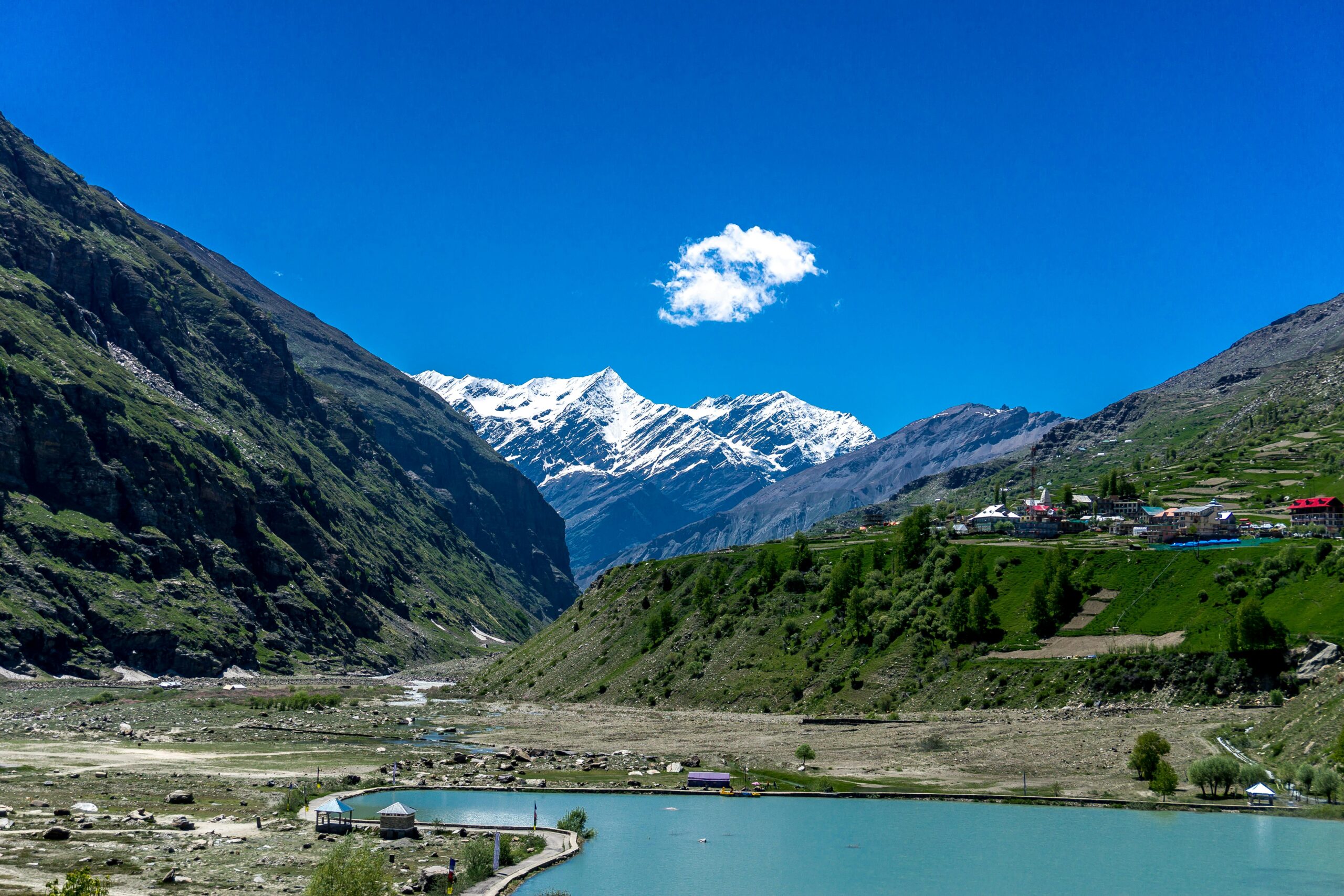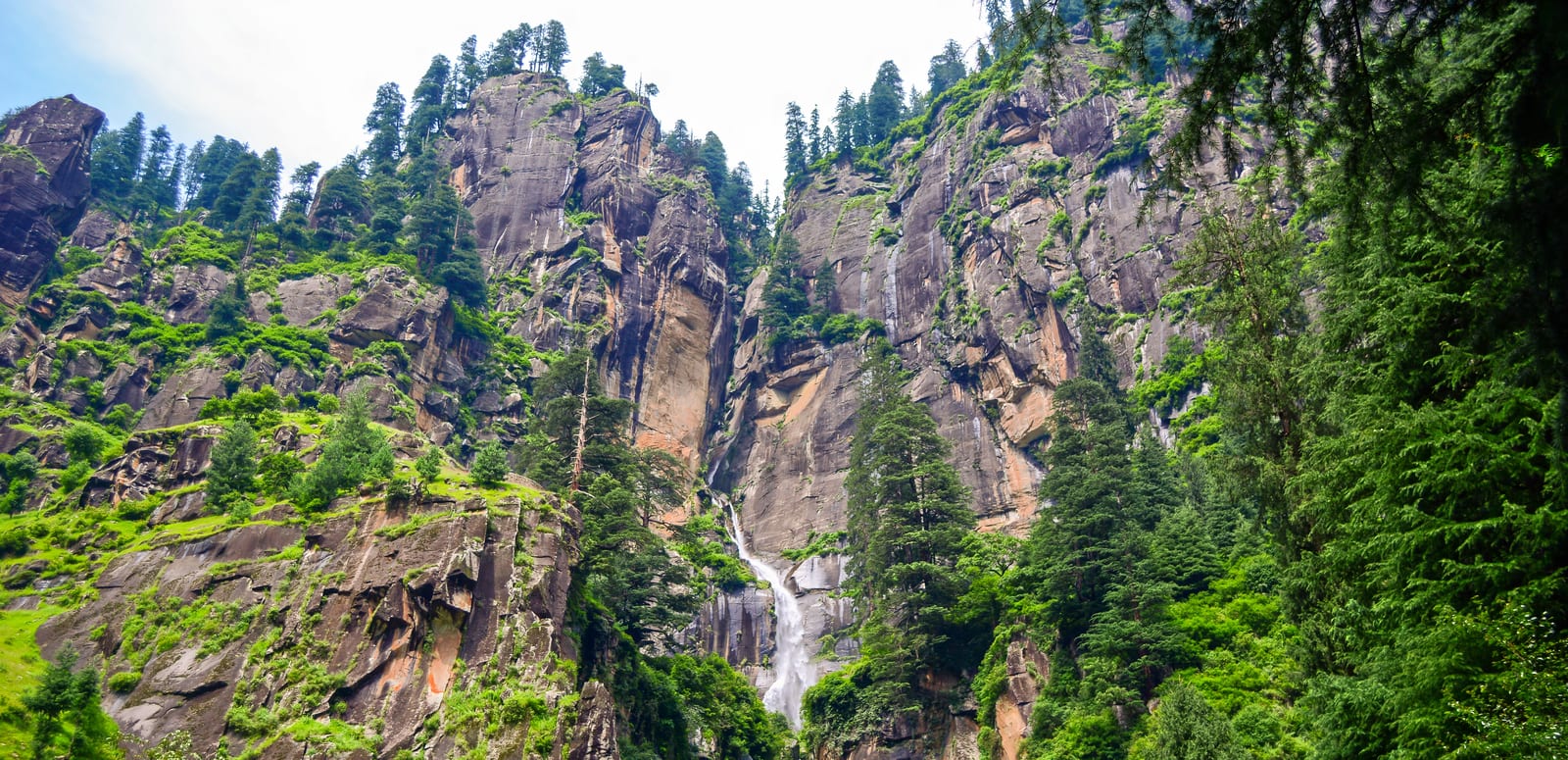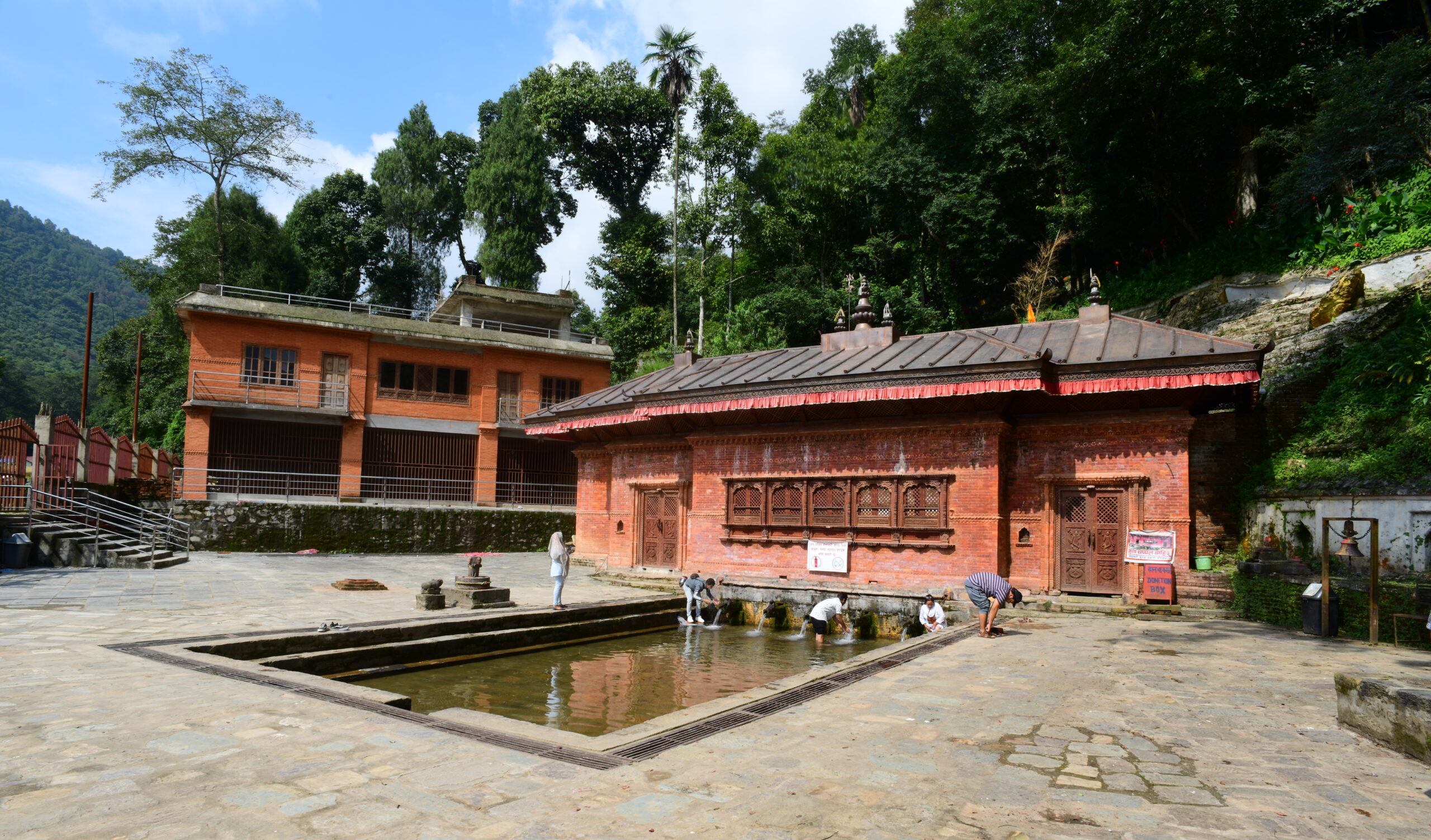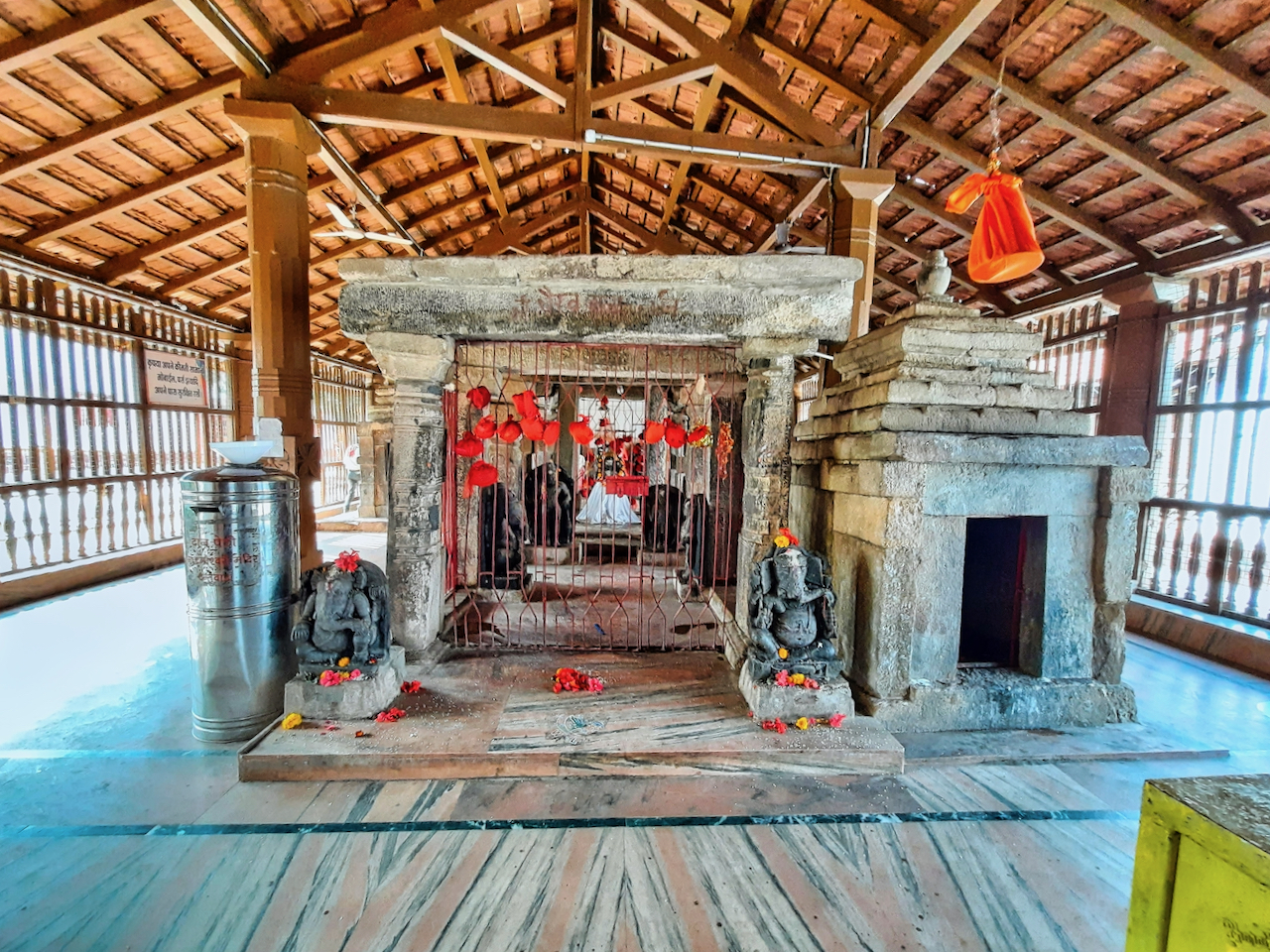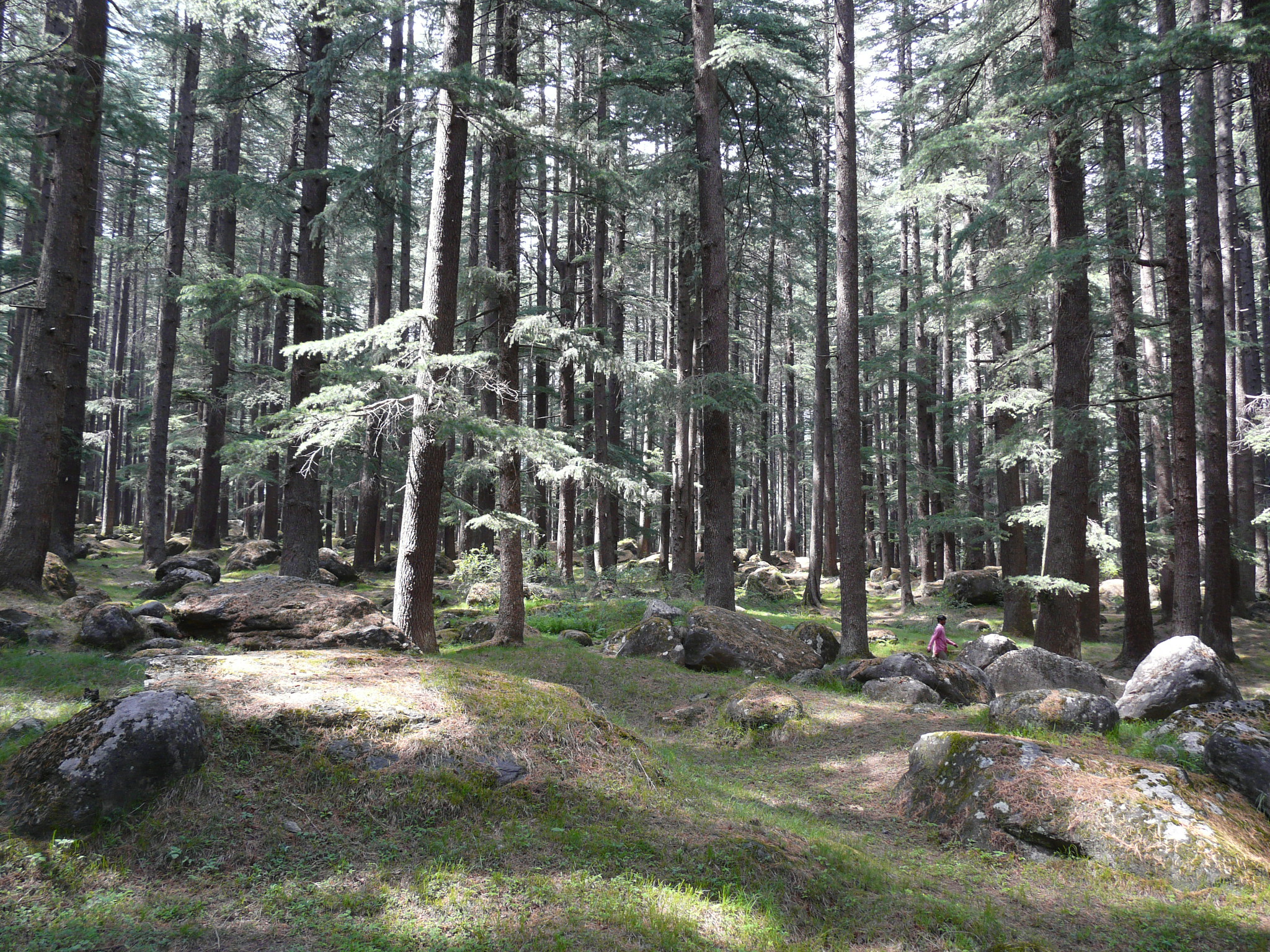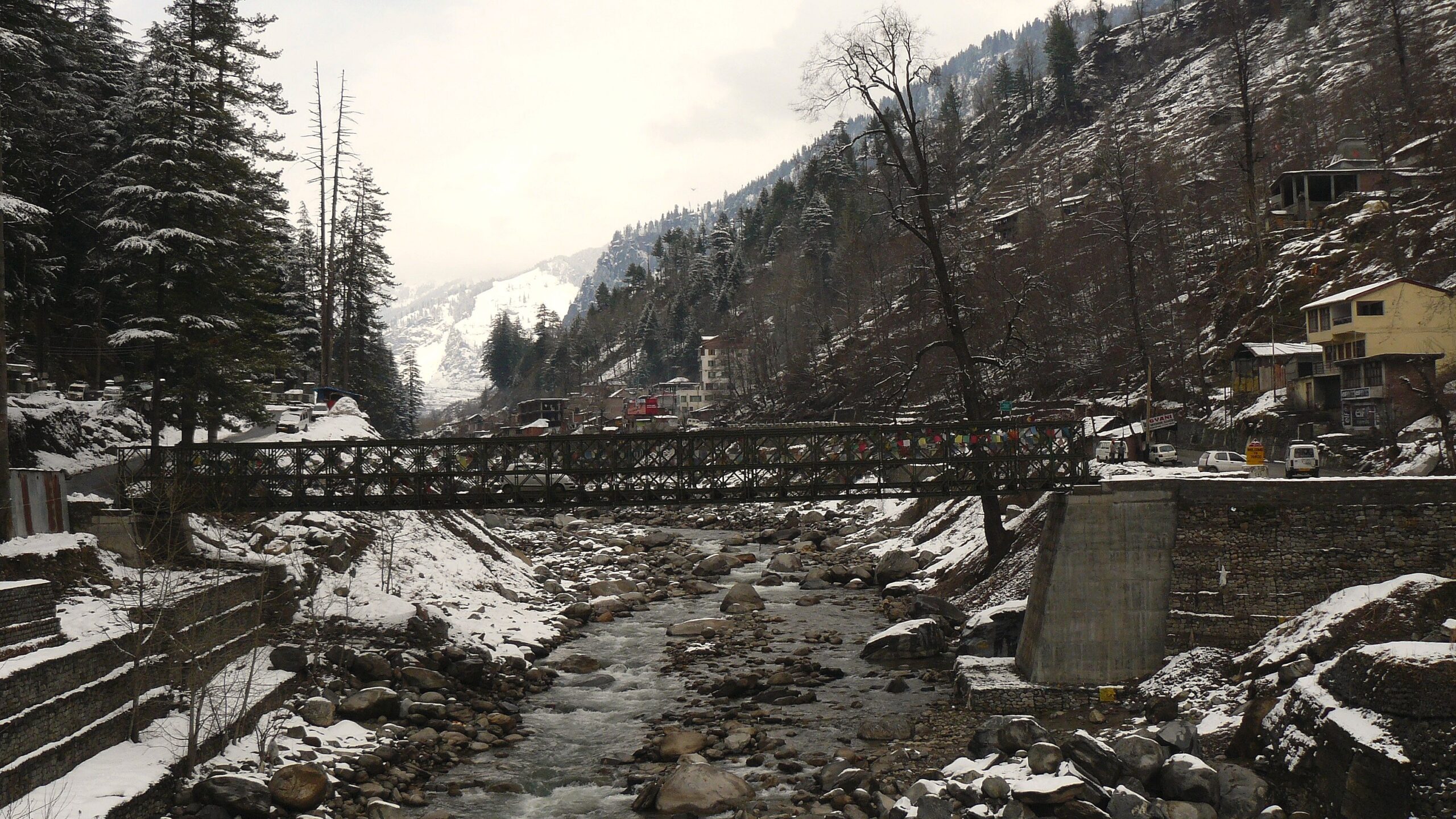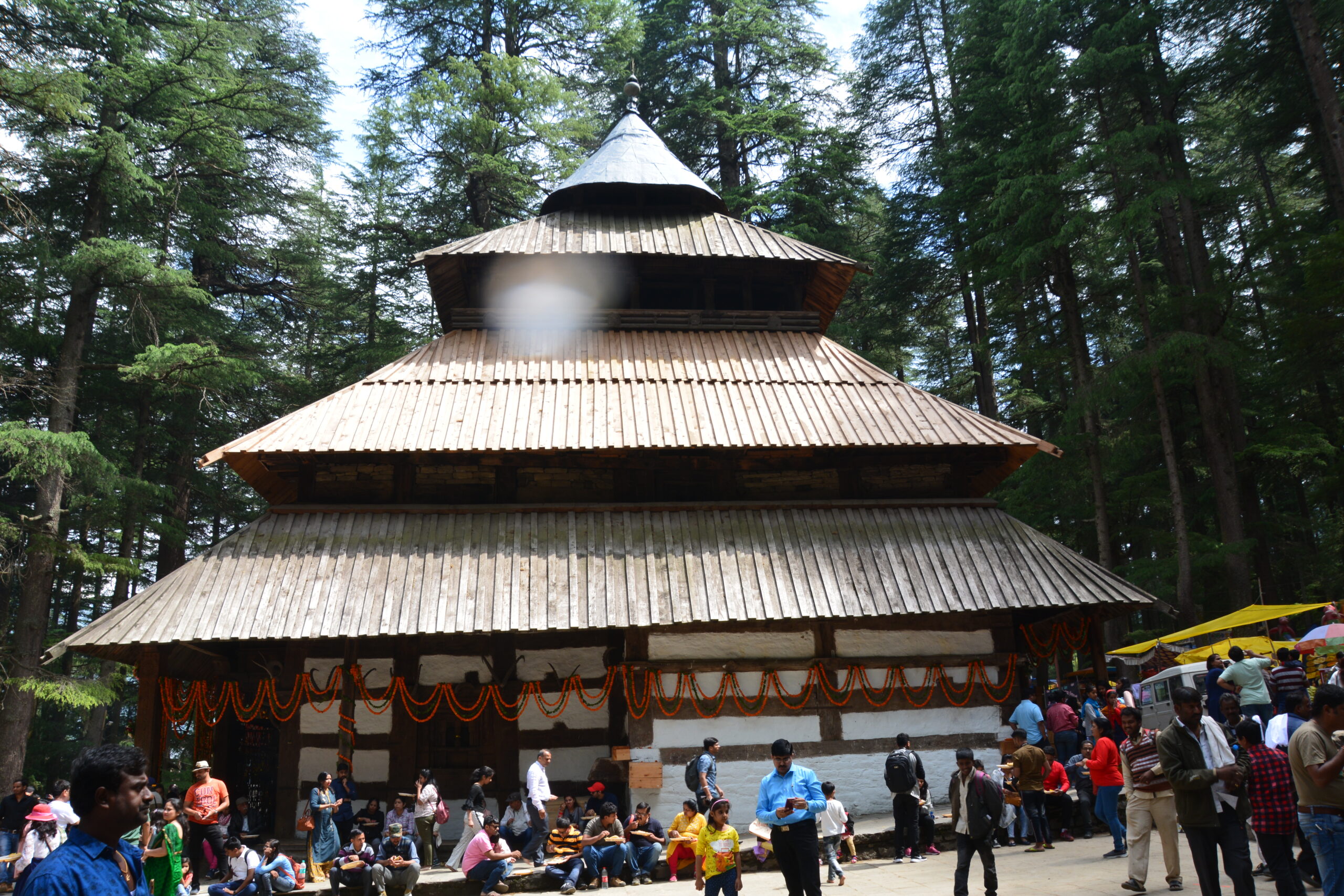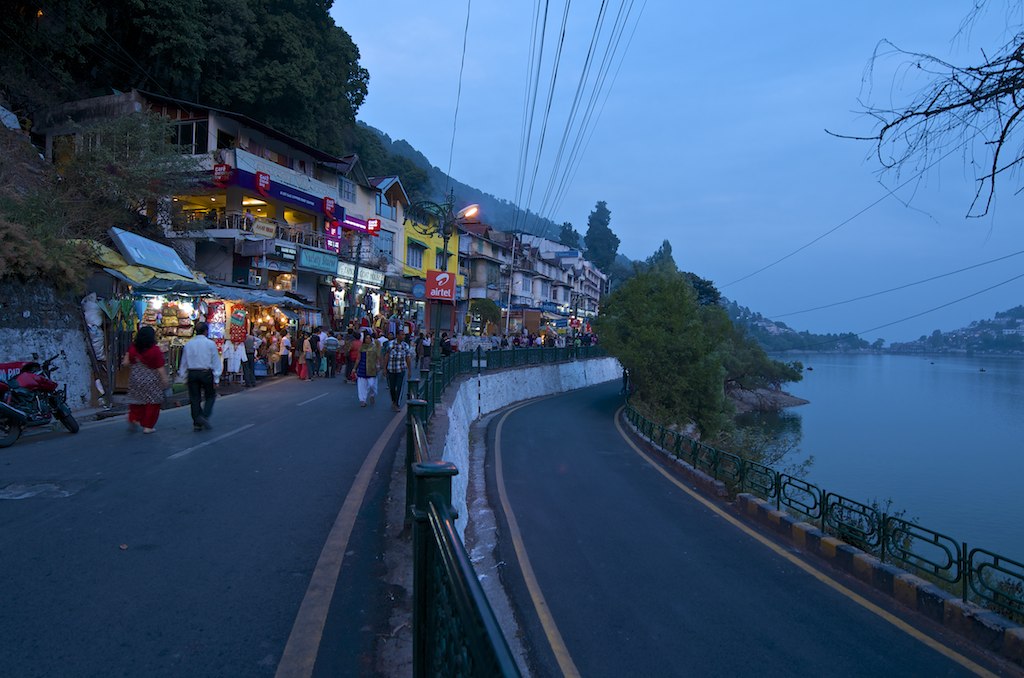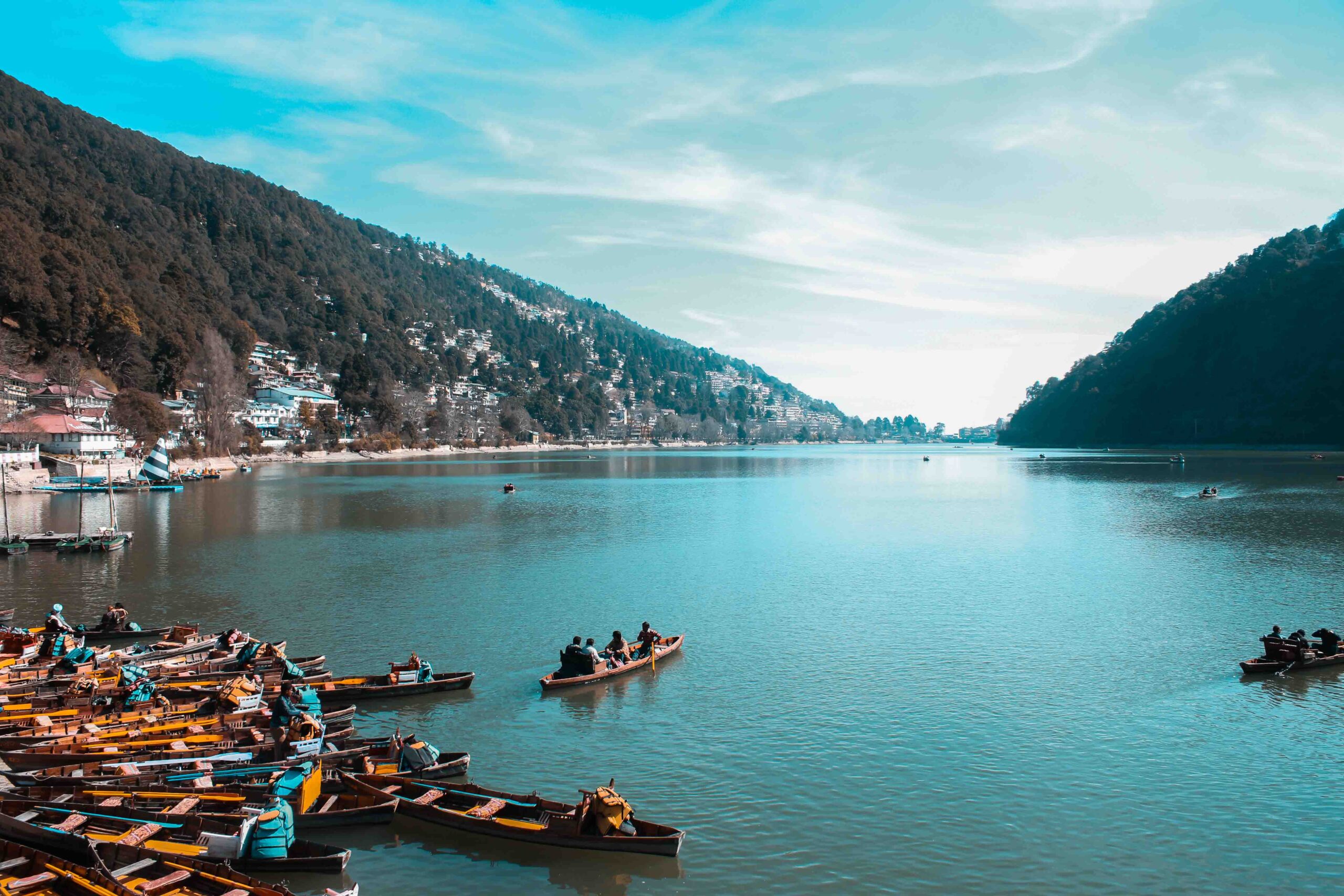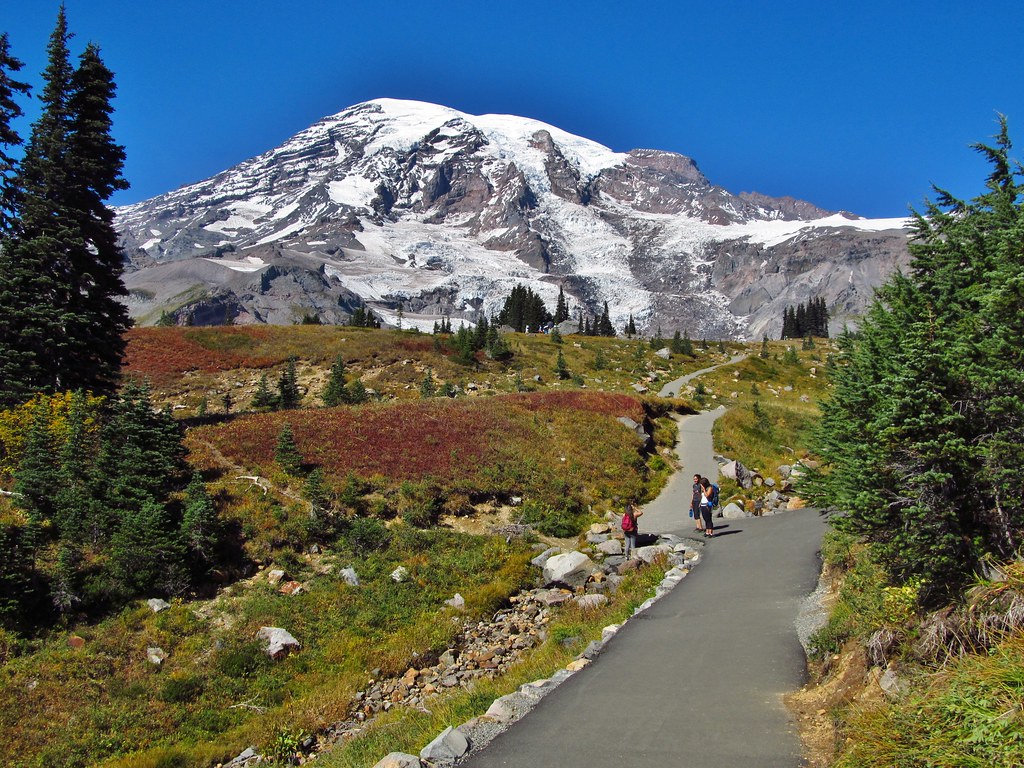
Welcome to our guide on the Most Beautiful Treks in Canada! Canada is a haven for trekking enthusiasts, offering a diverse range of stunning landscapes, rich cultural heritage, and unforgettable adventures. From the rugged coastlines of British Columbia to the majestic peaks of the Canadian Rockies, these treks promise breathtaking views and unique experiences. Discover the top trekking destinations, detailed travel tips, and budget information to help you plan your next great escape. Dive into our comprehensive guide to uncover the Best Treks in Canada and embark on a journey through nature’s most picturesque trails!
Most Beautiful Treks in Canada
1. West Coast Trail, British Columbia
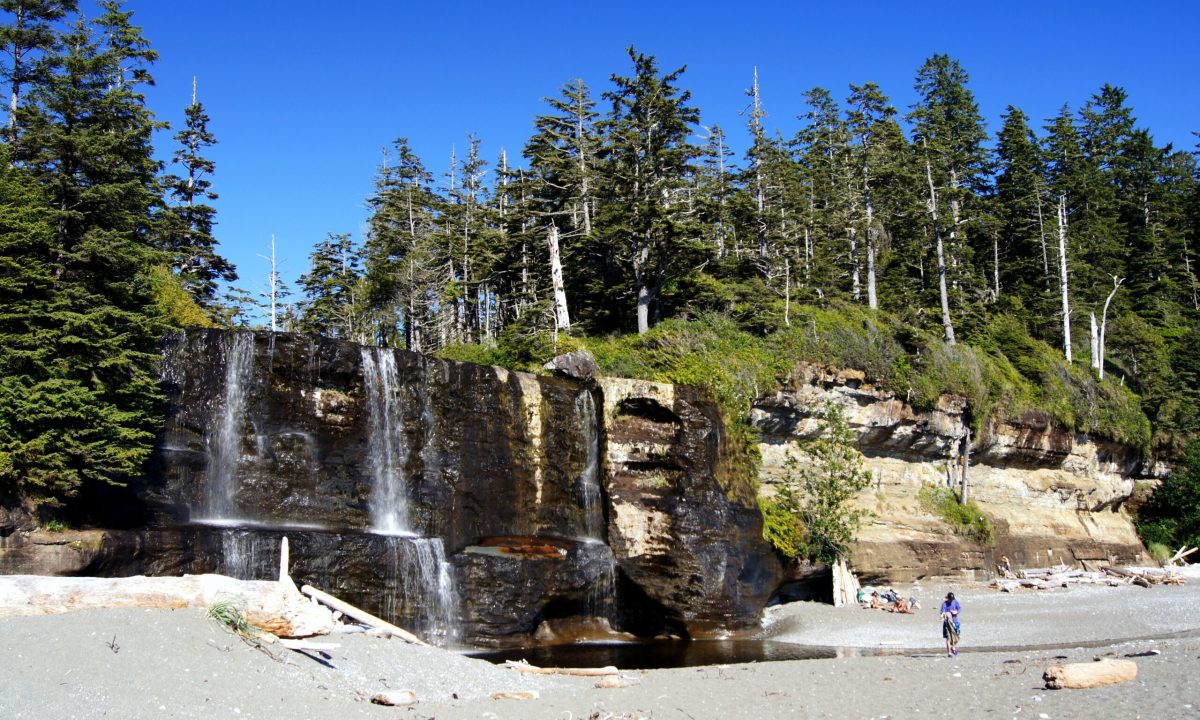
The West Coast Trail is one of the most beautiful treks in Canada, located on Vancouver Island in British Columbia. This iconic trek takes you through diverse landscapes, including rugged coastlines, lush rainforests, and pristine beaches.
- Location: Vancouver Island, British Columbia, Canada
- Best Time to Visit: May to September
- Pricing: Guided treks start at around CAD 1,500-2,500 per person, including permits, accommodation, and meals.
- Duration: 7-9 days
- Difficulty Level: Difficult
- Trek Distance: Approximately 75 kilometers (47 miles)
- Scenic Views: Enjoy breathtaking views of the Pacific Ocean, rugged coastlines, and pristine beaches. The trek also offers stunning vistas of lush rainforests, waterfalls, and tidal pools.
- Cultural Experience: Learn about the history and culture of the indigenous peoples of Vancouver Island. Visit historic sites such as the Pachena Point Lighthouse and the Carmanah Lighthouse.
- Wildlife: Spot diverse wildlife, including black bears, sea otters, and various marine species. The region is home to a variety of native flora and fauna.
- Landmarks: Key landmarks include the Pachena Point Lighthouse, the Carmanah Lighthouse, and the Nitinat Narrows.
- Permits: Obtain the necessary permits well in advance, as they are limited and sell out quickly. Permits can be arranged through Parks Canada.
- Packing: Pack lightweight, moisture-wicking clothing, sturdy trekking boots, and essential gear such as a sleeping bag, trekking poles, and a first aid kit. A good quality rain jacket is essential.
- Guides and Porters: Hire experienced guides to assist you during the trek. They can provide valuable insights and support.
- Accommodation: Stay in campsites and shelters along the trekking route. Meals are provided by trekking agencies, including breakfast, lunch, and dinner.
- Transportation: Use public transport or shuttle services to get to the starting point in Bamfield. The town is well-connected to major cities in British Columbia.
- Health and Safety: Carry a first aid kit, water purification tablets, and altitude sickness medication. Stay hydrated and avoid alcohol.
2. Skyline Trail, Alberta
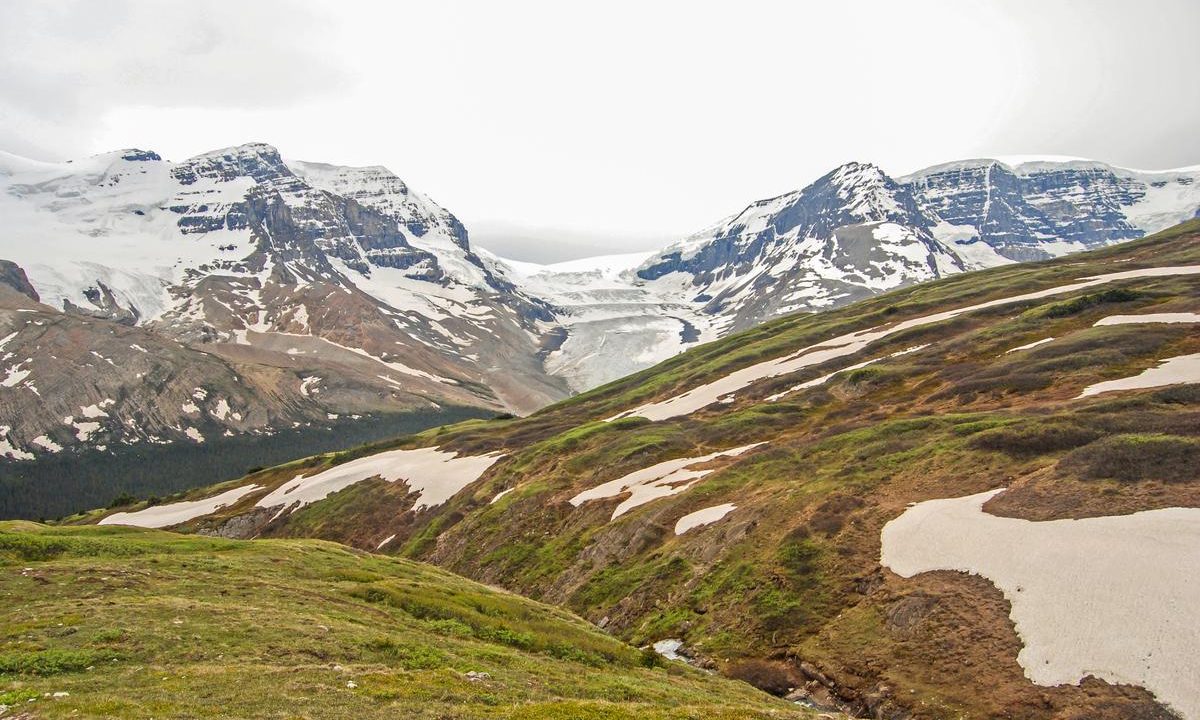
The Skyline Trail is one of the most beautiful treks in Canada, located in Jasper National Park, Alberta. This iconic trek takes you through diverse landscapes, including alpine meadows, glacial valleys, and rugged peaks.
- Location: Jasper National Park, Alberta, Canada
- Best Time to Visit: July to September
- Pricing: Guided treks start at around CAD 1,000-2,000 per person, including permits, accommodation, and meals.
- Duration: 3-4 days
- Difficulty Level: Moderate to Difficult
- Trek Distance: Approximately 44 kilometers (27 miles)
- Location: Jasper National Park, Alberta, Canada
- Best Time to Visit: July to September
- Pricing: Guided treks start at around CAD 1,000-2,000 per person, including permits, accommodation, and meals.
- Duration: 3-4 days
- Difficulty Level: Moderate to Difficult
- Trek Distance: Approximately 44 kilometers (27 miles)
- Permits: Obtain the necessary permits well in advance, as they are limited and sell out quickly. Permits can be arranged through Parks Canada.
- Packing: Pack lightweight, moisture-wicking clothing, sturdy trekking boots, and essential gear such as a sleeping bag, trekking poles, and a first aid kit. A good quality rain jacket is essential.
- Guides and Porters: Hire experienced guides to assist you during the trek. They can provide valuable insights and support.
- Accommodation: Stay in campsites and shelters along the trekking route. Meals are provided by trekking agencies, including breakfast, lunch, and dinner.
- Transportation: Use public transport or shuttle services to get to the starting point in Jasper National Park. The park is well-connected to major cities in Alberta.
- Health and Safety: Carry a first aid kit, water purification tablets, and altitude sickness medication. Stay hydrated and avoid alcohol.
3. Fundy Footpath, New Brunswick
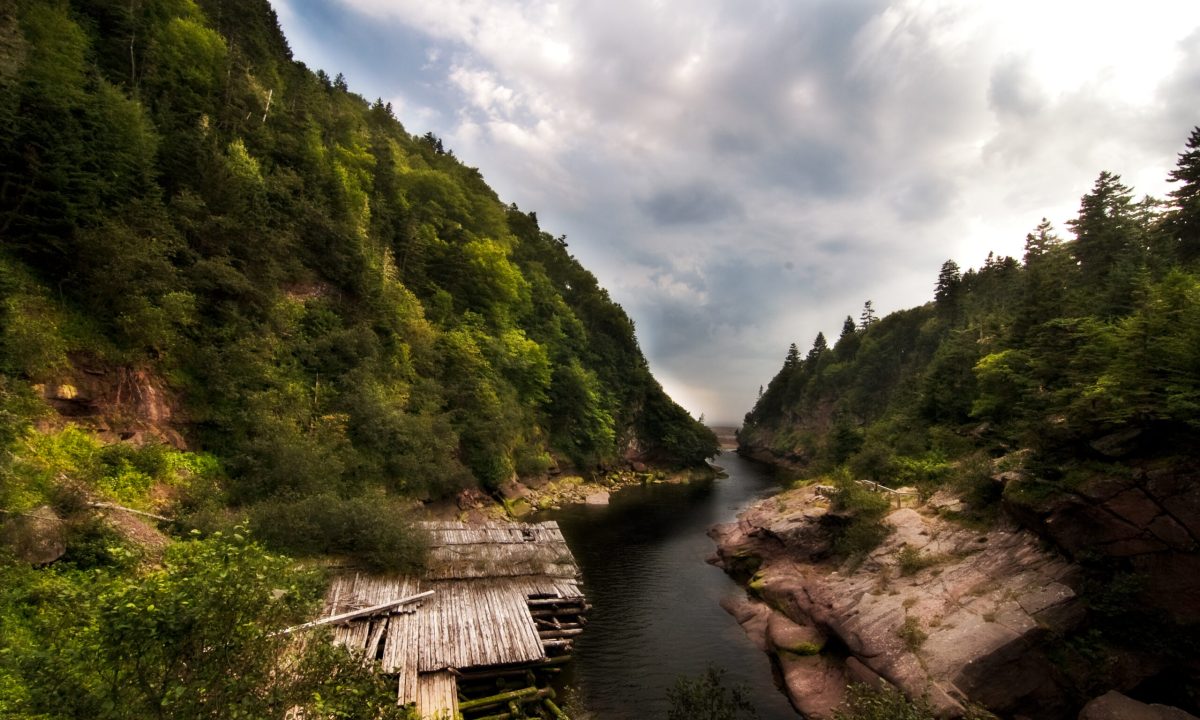
The Fundy Footpath is one of the most beautiful treks in Canada, located along the stunning Bay of Fundy in New Brunswick. This scenic trek takes you through diverse landscapes, including rugged coastlines, lush forests, and pristine beaches.
- Location: Bay of Fundy, New Brunswick, Canada
- Best Time to Visit: June to September
- Pricing: Guided treks start at around CAD 800-1,500 per person, including permits, accommodation, and meals.
- Duration: 4-5 days
- Difficulty Level: Moderate to Difficult
- Trek Distance: Approximately 41 kilometers (25 miles)
- Scenic Views: Enjoy breathtaking views of the Bay of Fundy, rugged coastlines, and pristine beaches. The trek also offers stunning vistas of lush forests, waterfalls, and tidal pools.
- Cultural Experience: Learn about the history and culture of the Bay of Fundy region. Visit historic sites such as the Fundy National Park and the Hopewell Rocks.
- Wildlife: Spot diverse wildlife, including moose, black bears, and various bird species. The region is home to a variety of native flora and fauna.
- Landmarks: Key landmarks include the Fundy National Park, the Hopewell Rocks, and the Bay of Fundy.
- Permits: Obtain the necessary permits well in advance, as they are limited and sell out quickly. Permits can be arranged through Parks Canada.
- Packing: Pack lightweight, moisture-wicking clothing, sturdy trekking boots, and essential gear such as a sleeping bag, trekking poles, and a first aid kit. A good quality rain jacket is essential.
- Guides and Porters: Hire experienced guides to assist you during the trek. They can provide valuable insights and support.
- Accommodation: Stay in campsites and shelters along the trekking route. Meals are provided by trekking agencies, including breakfast, lunch, and dinner.
- Transportation: Use public transport or shuttle services to get to the starting point in Fundy National Park. The park is well-connected to major cities in New Brunswick.
- Health and Safety: Carry a first aid kit, water purification tablets, and altitude sickness medication. Stay hydrated and avoid alcohol.
4. Chilkoot Trail, British Columbia/Yukon
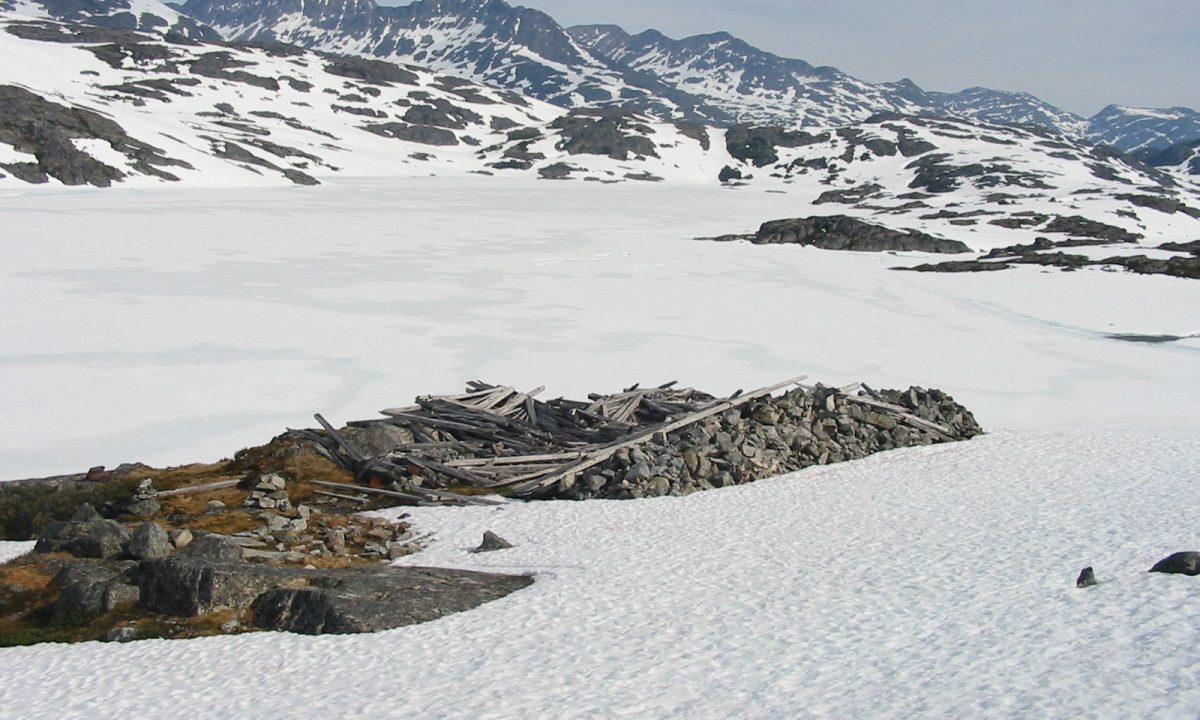
The Chilkoot Trail is one of the most beautiful treks in Canada, stretching from Dyea, Alaska, to Bennett, British Columbia. This historic trek follows the route of the Klondike Gold Rush, taking you through diverse landscapes, including alpine meadows, glacial valleys, and rugged peaks.
- Location: British Columbia/Yukon, Canada
- Best Time to Visit: June to September
- Pricing: Guided treks start at around CAD 1,200-2,000 per person, including permits, accommodation, and meals.
- Duration: 4-5 days
- Difficulty Level: Moderate to Difficult
- Trek Distance: Approximately 53 kilometers (33 miles)
- Scenic Views: Enjoy breathtaking views of the Chilkoot Pass, alpine meadows, and glacial valleys. The trek also offers stunning vistas of rugged peaks, pristine lakes, and lush forests.
- Cultural Experience: Learn about the history and culture of the Klondike Gold Rush. Visit historic sites such as the Chilkoot Pass and the Bennett Lake.
- Wildlife: Spot diverse wildlife, including black bears, moose, and various bird species. The region is home to a variety of native flora and fauna.
- Landmarks: Key landmarks include the Chilkoot Pass, the Bennett Lake, and the Klondike Gold Rush National Historical Park.
- Permits: Obtain the necessary permits well in advance, as they are limited and sell out quickly. Permits can be arranged through Parks Canada.
- Packing: Pack lightweight, moisture-wicking clothing, sturdy trekking boots, and essential gear such as a sleeping bag, trekking poles, and a first aid kit. A good quality rain jacket is essential.
- Guides and Porters: Hire experienced guides to assist you during the trek. They can provide valuable insights and support.
- Accommodation: Stay in campsites and shelters along the trekking route. Meals are provided by trekking agencies, including breakfast, lunch, and dinner.
- Transportation: Use public transport or shuttle services to get to the starting point in Dyea, Alaska. The town is well-connected to major cities in Alaska and British Columbia.
- Health and Safety: Carry a first aid kit, water purification tablets, and altitude sickness medication. Stay hydrated and avoid alcohol.
5. Sunshine Coast Trail, British Columbia
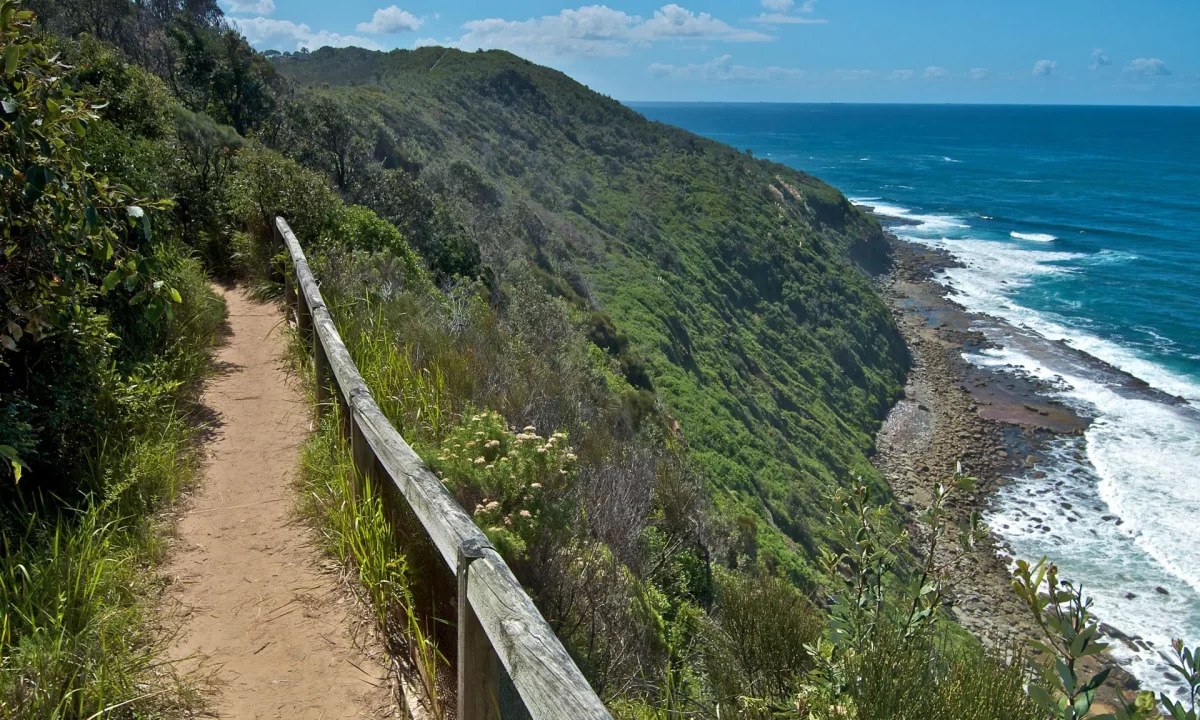
The Sunshine Coast Trail is one of the most beautiful treks in Canada, located along the stunning coastline of British Columbia. This scenic trek takes you through diverse landscapes, including rugged coastlines, lush forests, and pristine lakes.
- Location: British Columbia, Canada
- Best Time to Visit: May to September
- Pricing: Guided treks start at around CAD 1,000-2,000 per person, including permits, accommodation, and meals.
- Duration: 10-14 days
- Difficulty Level: Moderate
- Trek Distance: Approximately 180 kilometers (112 miles)
- Scenic Views: Enjoy breathtaking views of the Pacific Ocean, rugged coastlines, and pristine lakes. The trek also offers stunning vistas of lush forests, waterfalls, and tidal pools.
- Cultural Experience: Learn about the history and culture of the Sunshine Coast region. Visit charming coastal villages, sample local cuisine, and interact with the friendly locals.
- Wildlife: Spot diverse wildlife, including black bears, sea otters, and various marine species. The region is home to a variety of native flora and fauna.
- Landmarks: Key landmarks include the Desolation Sound, the Powell River, and the Pacific Ocean.
- Permits: No special permits are required for the Sunshine Coast Trail, but it’s advisable to book accommodations in advance, especially during peak season.
- Packing: Pack lightweight, moisture-wicking clothing, sturdy trekking boots, and essential gear such as a sleeping bag, trekking poles, and a first aid kit. A good quality rain jacket is essential.
- Guides and Porters: Hire experienced guides to assist you during the trek. They can provide valuable insights and support.
- Accommodation: Stay in campsites and shelters along the trekking route. Meals are provided by trekking agencies, including breakfast, lunch, and dinner.
- Transportation: Use public transport or shuttle services to get to the starting point in Powell River. The town is well-connected to major cities in British Columbia.
- Health and Safety: Carry a first aid kit, water purification tablets, and altitude sickness medication. Stay hydrated and avoid alcohol.
6. Bruce Trail, Ontario
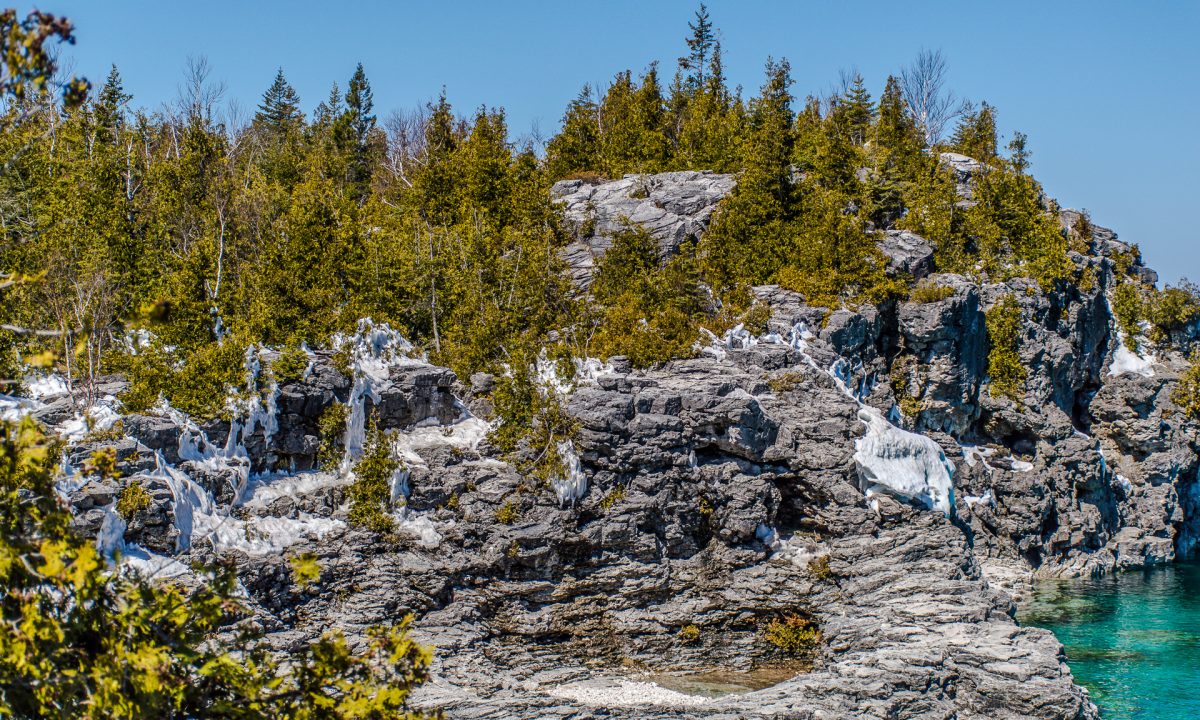
The Bruce Trail is one of the most beautiful treks in Canada, stretching from the Niagara River to the tip of the Bruce Peninsula. This iconic trek takes you through diverse landscapes, including lush forests, rolling hills, and stunning cliffs along the Niagara Escarpment.
- Location: Ontario, Canada
- Best Time to Visit: April to October
- Pricing: Guided treks start at around CAD 1,000-2,000 per person, including permits, accommodation, and meals.
- Duration: 30-60 days (for the full route)
- Difficulty Level: Moderate
- Trek Distance: Approximately 900 kilometers (560 miles)
- Scenic Views: Enjoy breathtaking views of the Niagara Escarpment, lush forests, and rolling hills. The trek also offers stunning vistas of waterfalls, caves, and scenic lookouts.
- Cultural Experience: Experience the rich history and culture of Ontario. Visit historic sites such as the Niagara Falls, the Bruce Peninsula National Park, and the Georgian Bay.
- Wildlife: Spot diverse wildlife, including white-tailed deer, black bears, and various bird species. The region is home to a variety of native flora and fauna.
- Landmarks: Key landmarks include the Niagara Falls, the Bruce Peninsula National Park, and the Georgian Bay.
- Permits: No special permits are required for the Bruce Trail, but it’s advisable to book accommodations in advance, especially during peak season.
- Packing: Pack lightweight, moisture-wicking clothing, sturdy trekking boots, and essential gear such as a sleeping bag, trekking poles, and a first aid kit. Layered clothing is recommended for varying temperatures.
- Guides and Porters: Hire experienced guides to assist you during the trek. They can provide valuable insights and support.
- Accommodation: Stay in guesthouses, B&Bs, and campsites along the trekking route. Meals are provided at accommodations, including breakfast, lunch, and dinner.
- Transportation: Use public transport or shuttle services to get to the starting point in Niagara Falls. The town is well-connected to major cities in Ontario.
- Health and Safety: Carry a first aid kit, water purification tablets, and altitude sickness medication. Stay hydrated and avoid alcohol.
7. Gros Morne Mountain Trail, Newfoundland and Labrador

The Gros Morne Mountain Trail is one of the most beautiful treks in Canada, located in Gros Morne National Park, Newfoundland and Labrador. This iconic trek takes you through diverse landscapes, including alpine meadows, glacial valleys, and rugged peaks.
- Location: Gros Morne National Park, Newfoundland and Labrador, Canada
- Best Time to Visit: June to September
- Pricing: Guided treks start at around CAD 800-1,500 per person, including permits, accommodation, and meals.
- Duration: 1-2 days
- Difficulty Level: Moderate to Difficult
- Trek Distance: Approximately 16 kilometers (10 miles) round trip
- Scenic Views: Enjoy breathtaking views of Gros Morne Mountain, alpine meadows, and glacial valleys. The trek also offers stunning vistas of rugged peaks, pristine lakes, and lush forests.
- Cultural Experience: Learn about the history and geology of Gros Morne National Park from knowledgeable guides. Visit historic sites such as the Lobster Cove Head Lighthouse and the Western Brook Pond.
- Wildlife: Spot diverse wildlife, including moose, black bears, and various bird species. The region is home to a variety of native flora and fauna.
- Landmarks: Key landmarks include Gros Morne Mountain, the Lobster Cove Head Lighthouse, and the Western Brook Pond.
- Permits: Obtain the necessary permits well in advance, as they are limited and sell out quickly. Permits can be arranged through Parks Canada.
- Packing: Pack lightweight, moisture-wicking clothing, sturdy trekking boots, and essential gear such as a sleeping bag, trekking poles, and a first aid kit. A good quality rain jacket is essential.
- Guides and Porters: Hire experienced guides to assist you during the trek. They can provide valuable insights and support.
- Accommodation: Stay in campsites and shelters along the trekking route. Meals are provided by trekking agencies, including breakfast, lunch, and dinner.
- Transportation: Use public transport or shuttle services to get to the starting point in Gros Morne National Park. The park is well-connected to major cities in Newfoundland and Labrador.
- Health and Safety: Carry a first aid kit, water purification tablets, and altitude sickness medication. Stay hydrated and avoid alcohol.
8. Tonquin Valley, Alberta
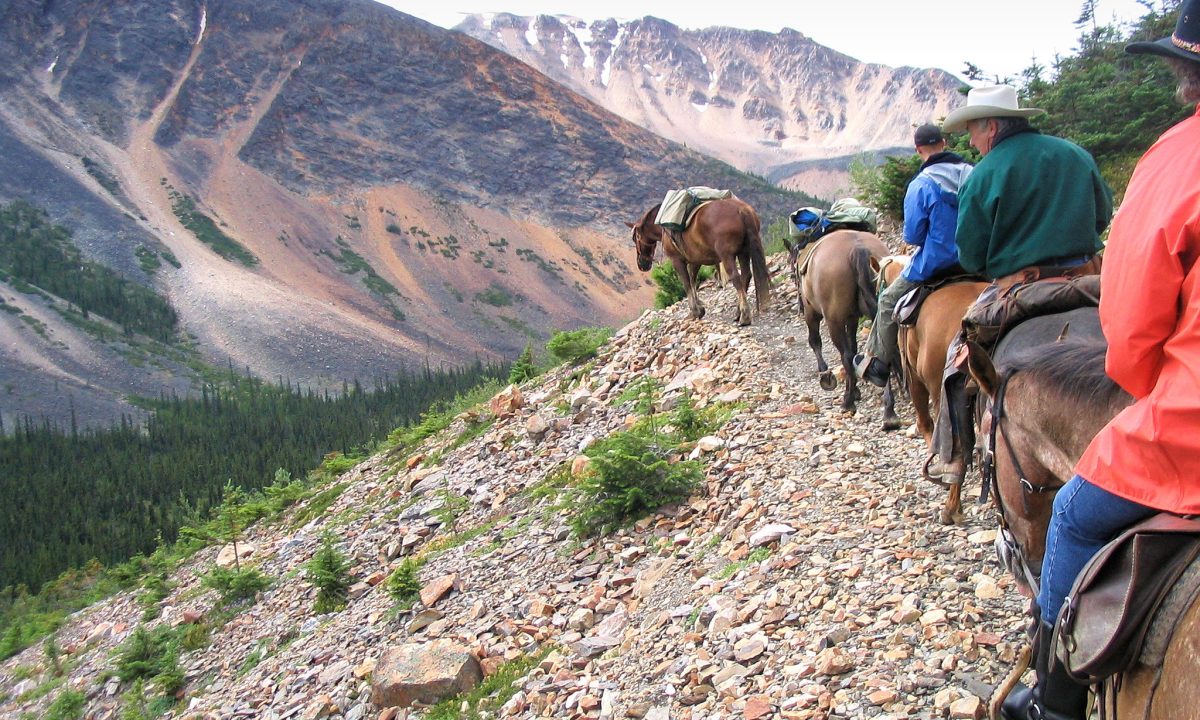
The Tonquin Valley is one of the most beautiful treks in Canada, located in Jasper National Park, Alberta. This scenic trek takes you through diverse landscapes, including alpine meadows, glacial valleys, and rugged peaks.
- Location: Jasper National Park, Alberta, Canada
- Best Time to Visit: July to September
- Pricing: Guided treks start at around CAD 1,200-2,000 per person, including permits, accommodation, and meals.
- Duration: 5-7 days
- Difficulty Level: Moderate to Difficult
- Trek Distance: Approximately 70 kilometers (43 miles)
- Scenic Views: Enjoy breathtaking views of the Tonquin Valley, alpine meadows, and glacial valleys. The trek also offers stunning vistas of rugged peaks, pristine lakes, and lush forests.
- Cultural Experience: Learn about the history and geology of Jasper National Park from knowledgeable guides. Visit historic sites such as the Jasper Park Lodge and the Maligne Lake.
- Wildlife: Spot diverse wildlife, including black bears, elk, and various bird species. The region is home to a variety of native flora and fauna.
- Landmarks: Key landmarks include the Jasper Park Lodge, the Maligne Lake, and the Tonquin Valley.
- Permits: Obtain the necessary permits well in advance, as they are limited and sell out quickly. Permits can be arranged through Parks Canada.
- Packing: Pack lightweight, moisture-wicking clothing, sturdy trekking boots, and essential gear such as a sleeping bag, trekking poles, and a first aid kit. A good quality rain jacket is essential.
- Guides and Porters: Hire experienced guides to assist you during the trek. They can provide valuable insights and support.
- Accommodation: Stay in campsites and shelters along the trekking route. Meals are provided by trekking agencies, including breakfast, lunch, and dinner.
- Transportation: Use public transport or shuttle services to get to the starting point in Jasper National Park. The park is well-connected to major cities in Alberta.
- Health and Safety: Carry a first aid kit, water purification tablets, and altitude sickness medication. Stay hydrated and avoid alcohol.
9. Sunshine Meadows, Alberta
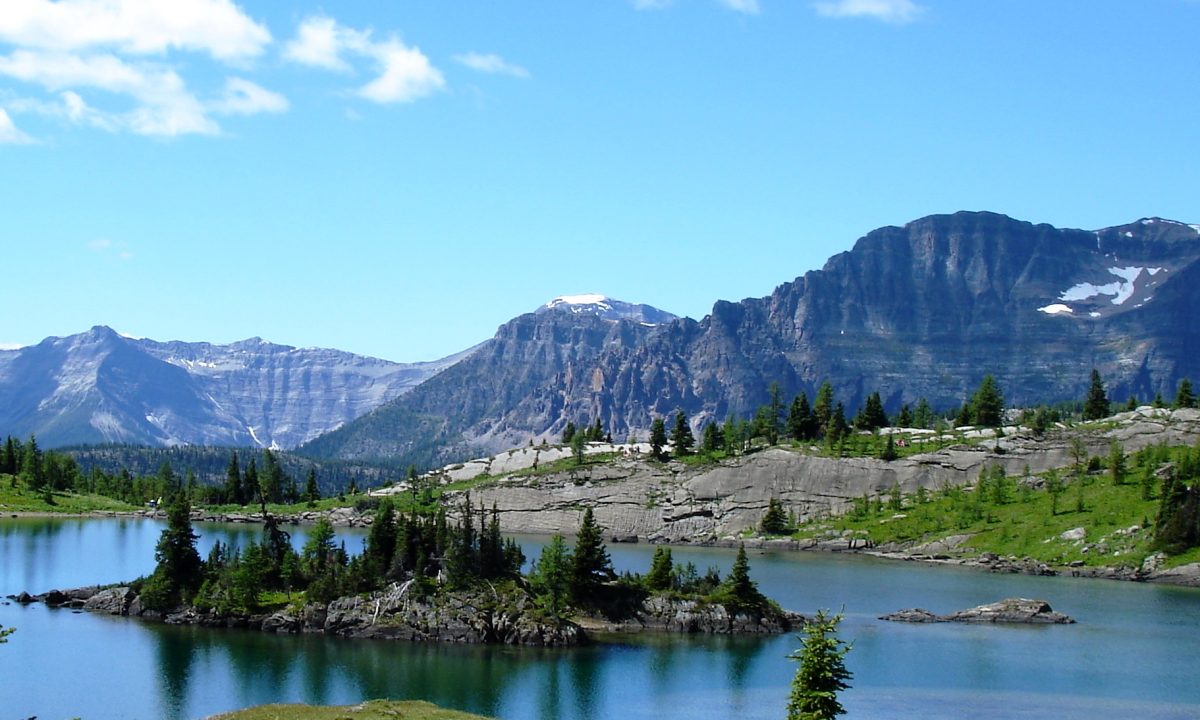
The Sunshine Meadows is one of the most beautiful treks in Canada, located in Banff National Park, Alberta. This scenic trek takes you through diverse landscapes, including alpine meadows, glacial valleys, and rugged peaks.
- Location: Banff National Park, Alberta, Canada
- Best Time to Visit: July to September
- Pricing: Guided treks start at around CAD 800-1,500 per person, including permits, accommodation, and meals.
- Duration: 1-2 days
- Difficulty Level: Moderate
- Trek Distance: Approximately 12 kilometers (7.5 miles) round trip
- Scenic Views: Enjoy breathtaking views of the Sunshine Meadows, alpine meadows, and glacial valleys. The trek also offers stunning vistas of rugged peaks, pristine lakes, and lush forests.
- Cultural Experience: Learn about the history and geology of Banff National Park from knowledgeable guides. Visit historic sites such as the Banff Springs Hotel and the Lake Louise.
- Wildlife: Spot diverse wildlife, including black bears, elk, and various bird species. The region is home to a variety of native flora and fauna.
- Landmarks: Key landmarks include the Banff Springs Hotel, the Lake Louise, and the Sunshine Meadows.
- Permits: Obtain the necessary permits well in advance, as they are limited and sell out quickly. Permits can be arranged through Parks Canada.
- Packing: Pack lightweight, moisture-wicking clothing, sturdy trekking boots, and essential gear such as a sleeping bag, trekking poles, and a first aid kit. A good quality rain jacket is essential.
- Guides and Porters: Hire experienced guides to assist you during the trek. They can provide valuable insights and support.
- Accommodation: Stay in campsites and shelters along the trekking route. Meals are provided by trekking agencies, including breakfast, lunch, and dinner.
- Transportation: Use public transport or shuttle services to get to the starting point in Banff National Park. The park is well-connected to major cities in Alberta.
- Health and Safety: Carry a first aid kit, water purification tablets, and altitude sickness medication. Stay hydrated and avoid alcohol.
10. Cape Breton Highlands, Nova Scotia
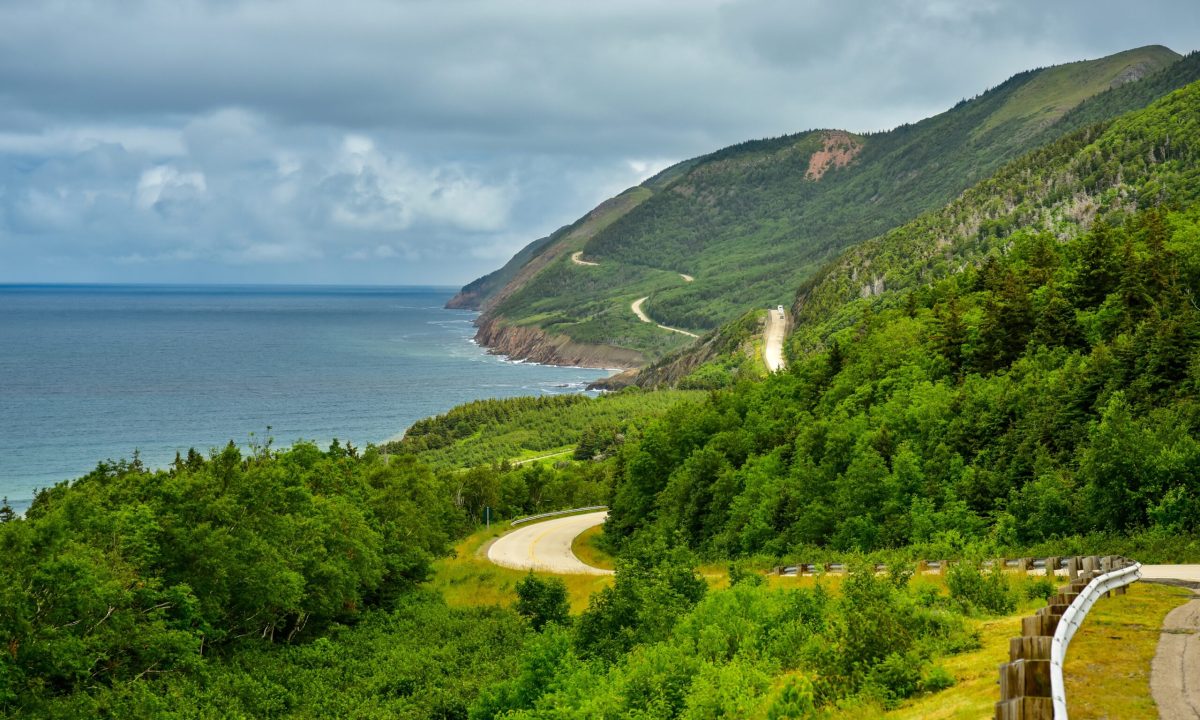
The Cape Breton Highlands is one of the most beautiful treks in Canada, located in Cape Breton Highlands National Park, Nova Scotia. This scenic trek takes you through diverse landscapes, including rugged coastlines, lush forests, and pristine beaches.
- Location: Cape Breton Highlands National Park, Nova Scotia, Canada
- Best Time to Visit: June to October
- Pricing: Guided treks start at around CAD 800-1,500 per person, including permits, accommodation, and meals.
- Duration: 3-5 days
- Difficulty Level: Moderate
- Trek Distance: Approximately 26 kilometers (16 miles)
- Scenic Views: Enjoy breathtaking views of the Cape Breton Highlands, rugged coastlines, and pristine beaches. The trek also offers stunning vistas of lush forests, waterfalls, and tidal pools.
- Cultural Experience: Learn about the history and culture of Cape Breton Island. Visit historic sites such as the Cabot Trail and the Fortress of Louisbourg.
- Wildlife: Spot diverse wildlife, including moose, black bears, and various bird species. The region is home to a variety of native flora and fauna.
- Landmarks: Key landmarks include the Cabot Trail, the Fortress of Louisbourg, and the Cape Breton Highlands.
- Permits: Obtain the necessary permits well in advance, as they are limited and sell out quickly. Permits can be arranged through Parks Canada.
- Packing: Pack lightweight, moisture-wicking clothing, sturdy trekking boots, and essential gear such as a sleeping bag, trekking poles, and a first aid kit. A good quality rain jacket is essential.
- Guides and Porters: Hire experienced guides to assist you during the trek. They can provide valuable insights and support.
- Accommodation: Stay in campsites and shelters along the trekking route. Meals are provided by trekking agencies, including breakfast, lunch, and dinner.
- Transportation: Use public transport or shuttle services to get to the starting point in Cape Breton Highlands National Park. The park is well-connected to major cities in Nova Scotia.
- Health and Safety: Carry a first aid kit, water purification tablets, and altitude sickness medication. Stay hydrated and avoid alcohol.
Conclusion: These Most Beautiful Treks in Canada offer unparalleled experiences, from the rugged coastlines of British Columbia to the stunning landscapes of the Canadian Rockies and the historic trails of the Klondike Gold Rush. Whether you’re an experienced trekker or a beginner, these destinations promise unforgettable adventures. Plan your trip wisely, keep an eye on your budget, and get ready to explore the stunning beauty of these top trekking destinations in Canada.
